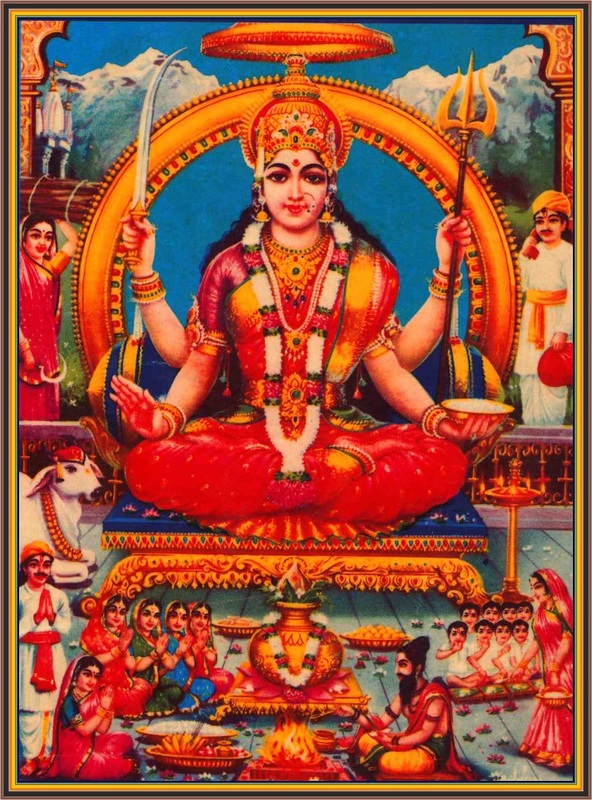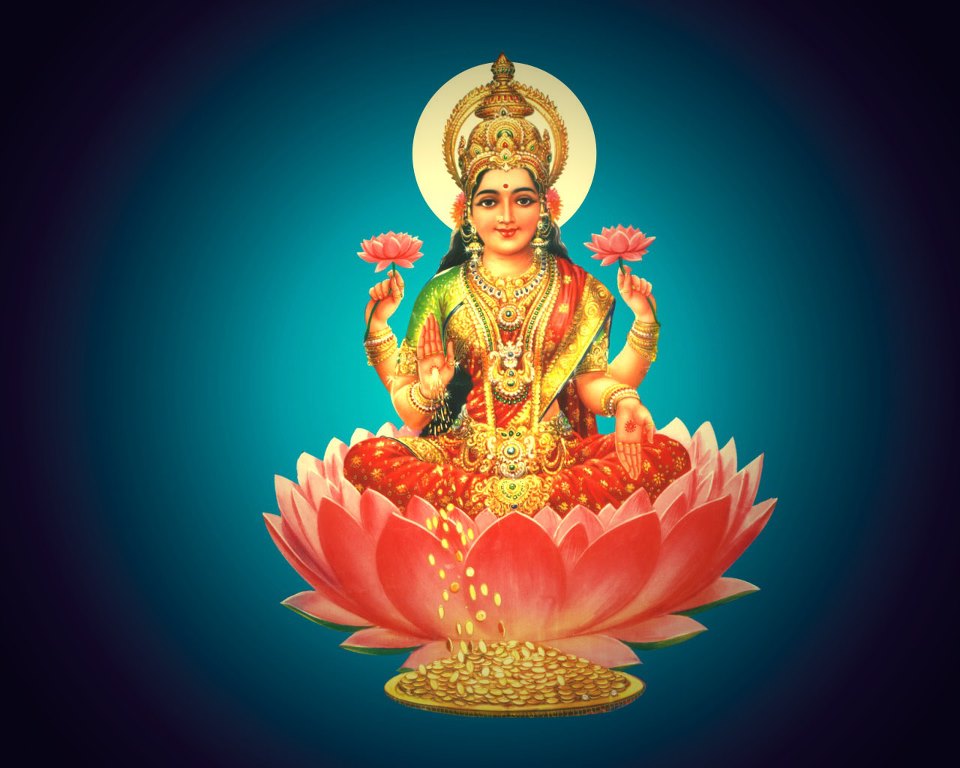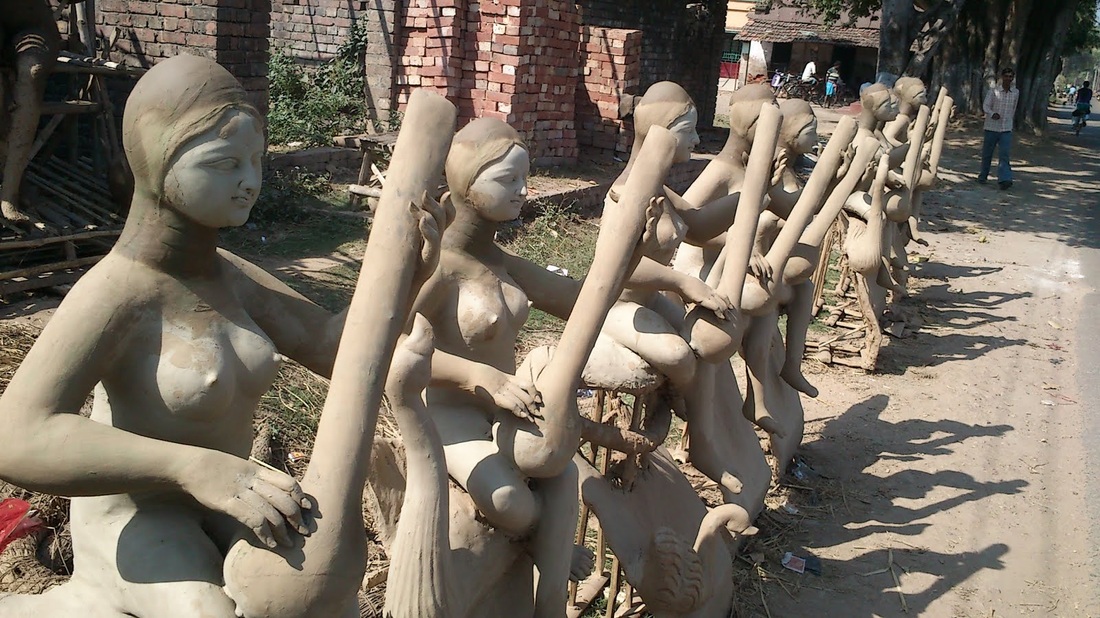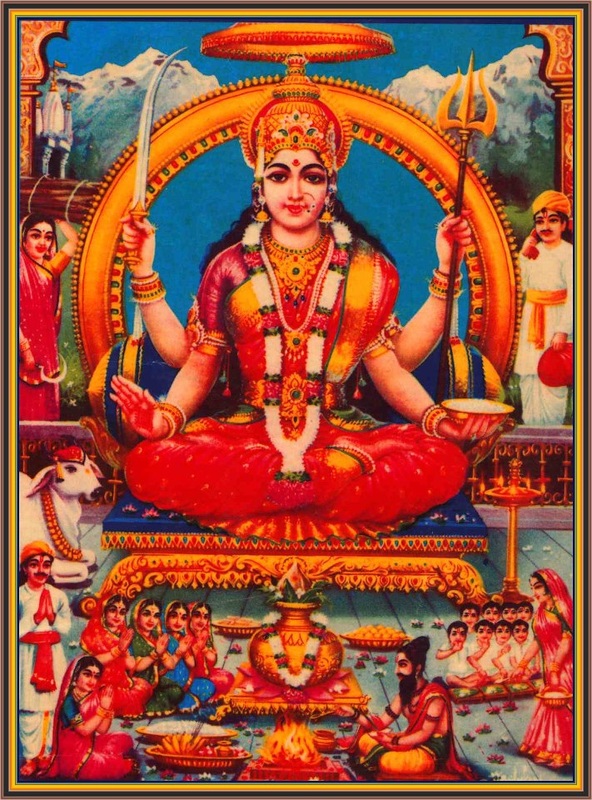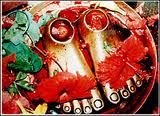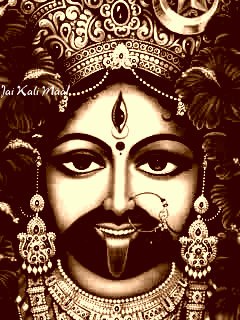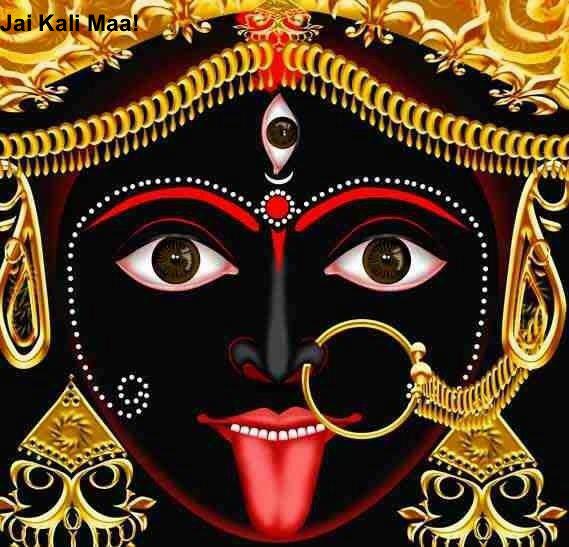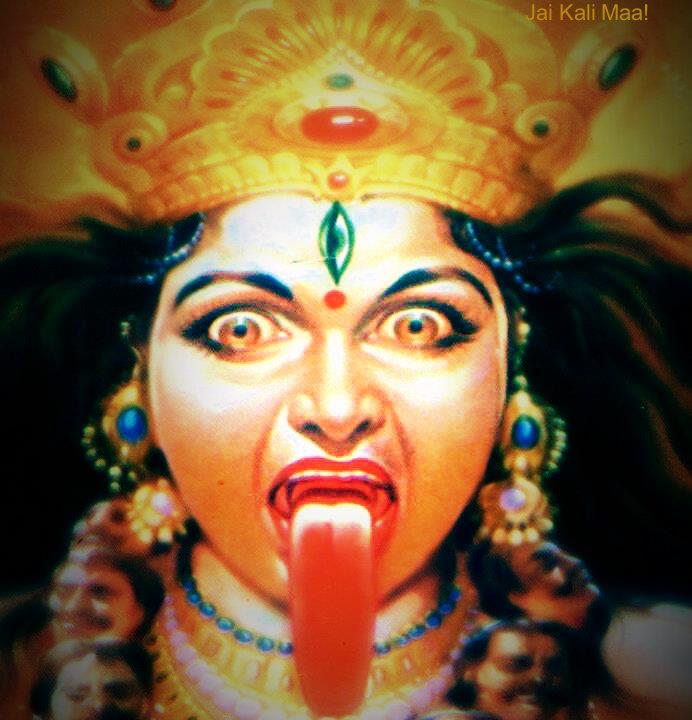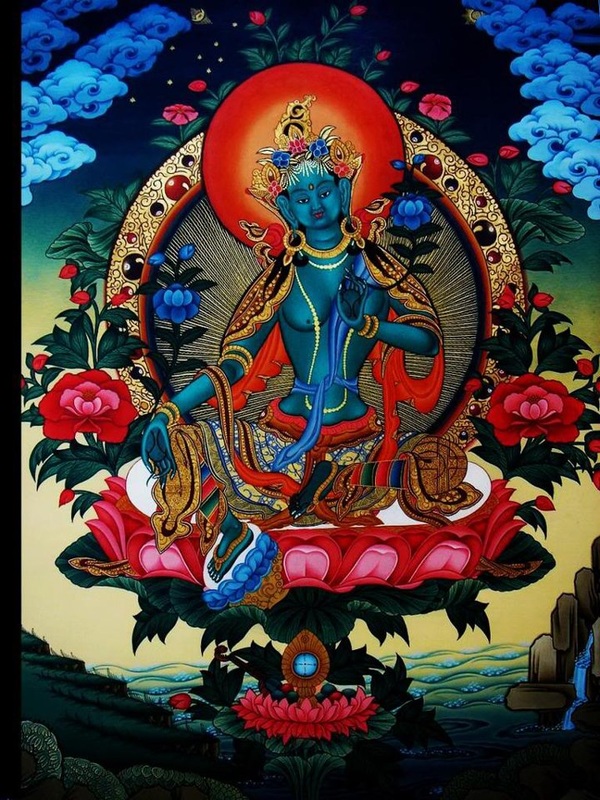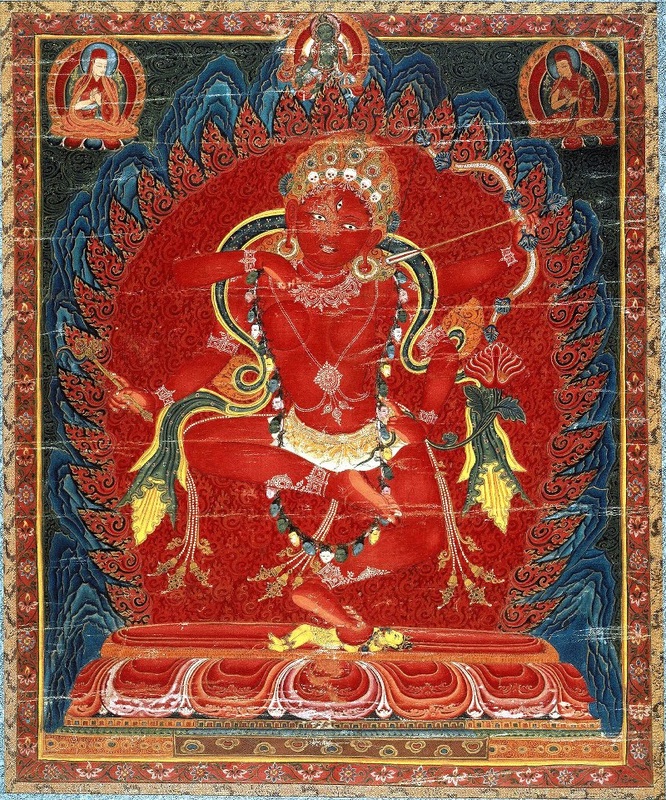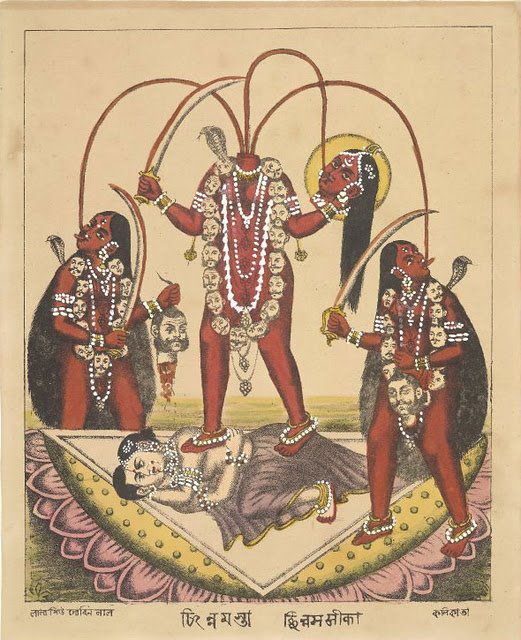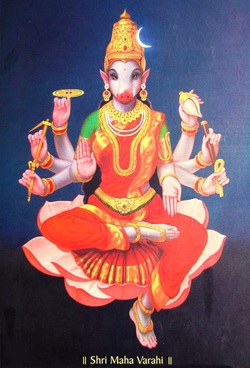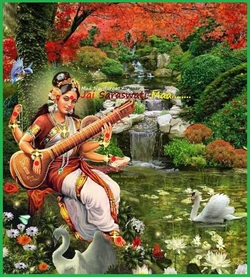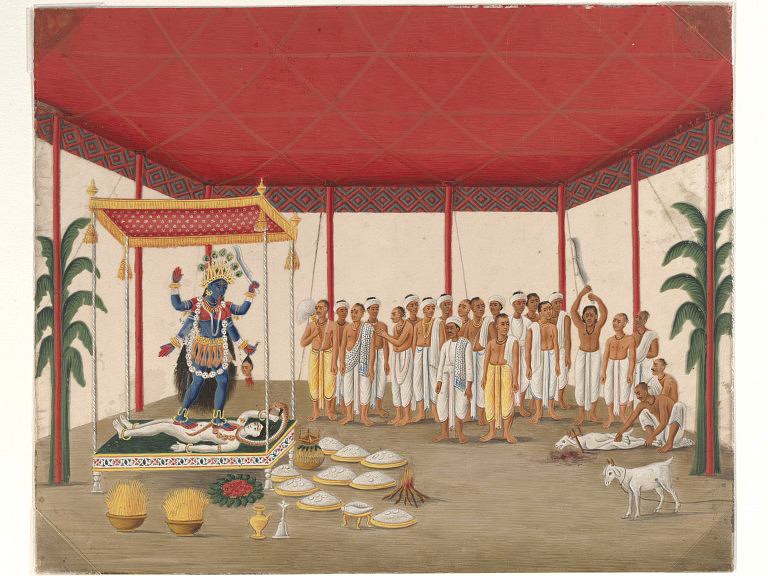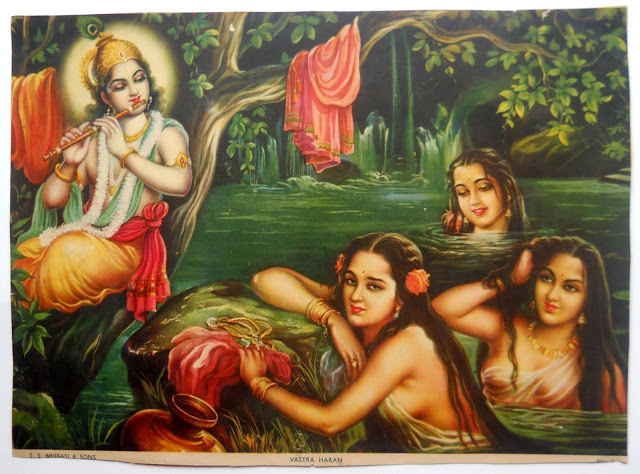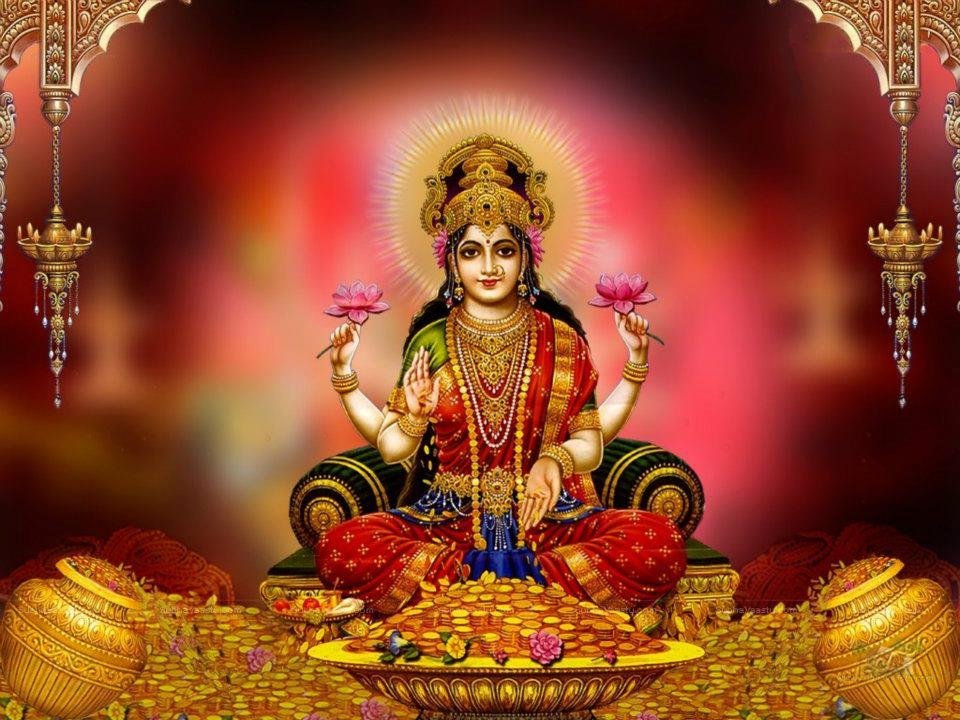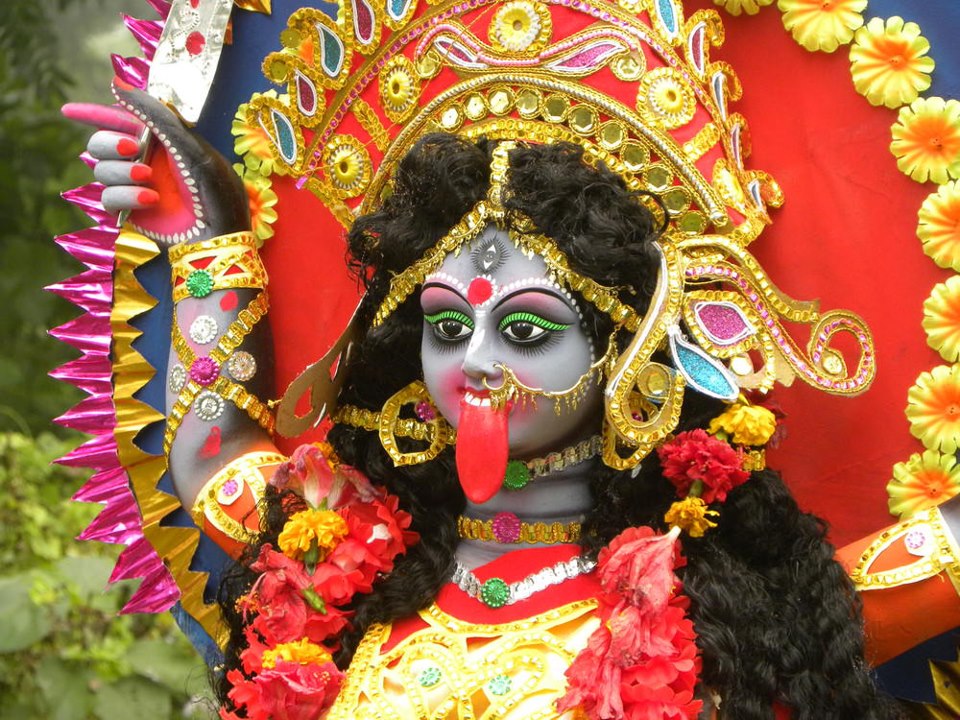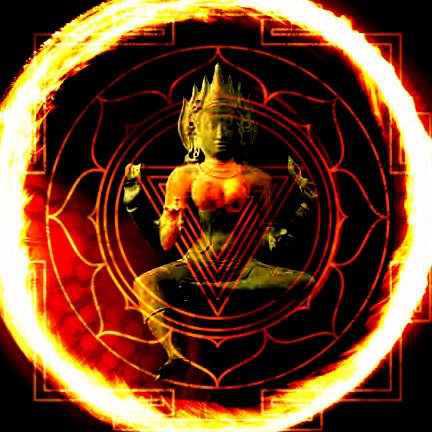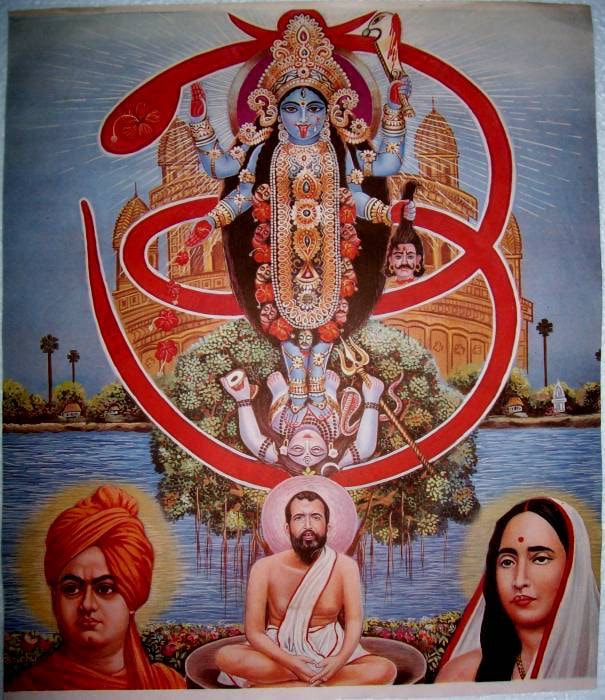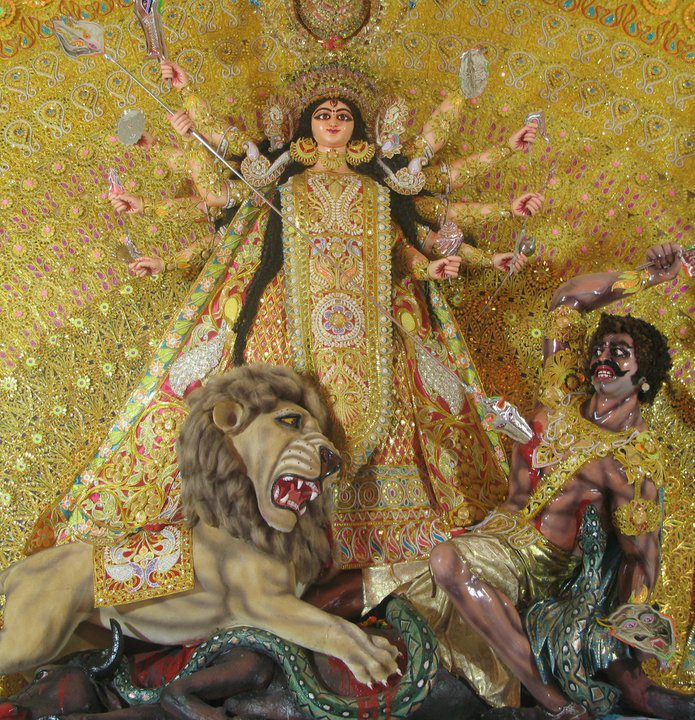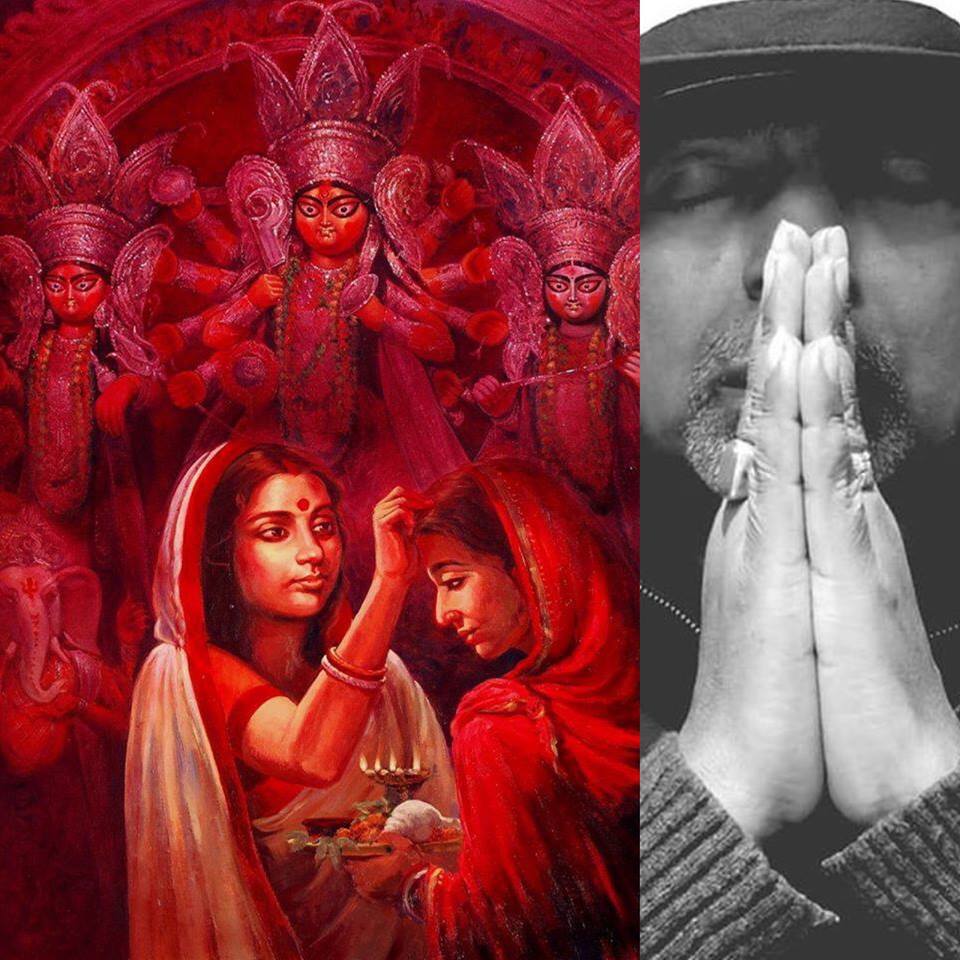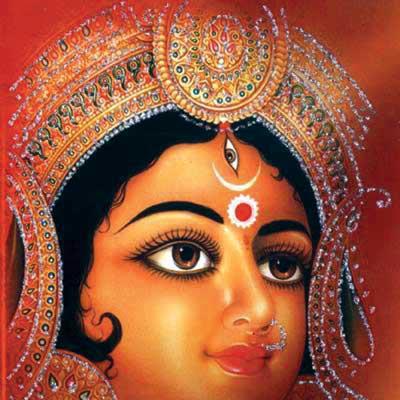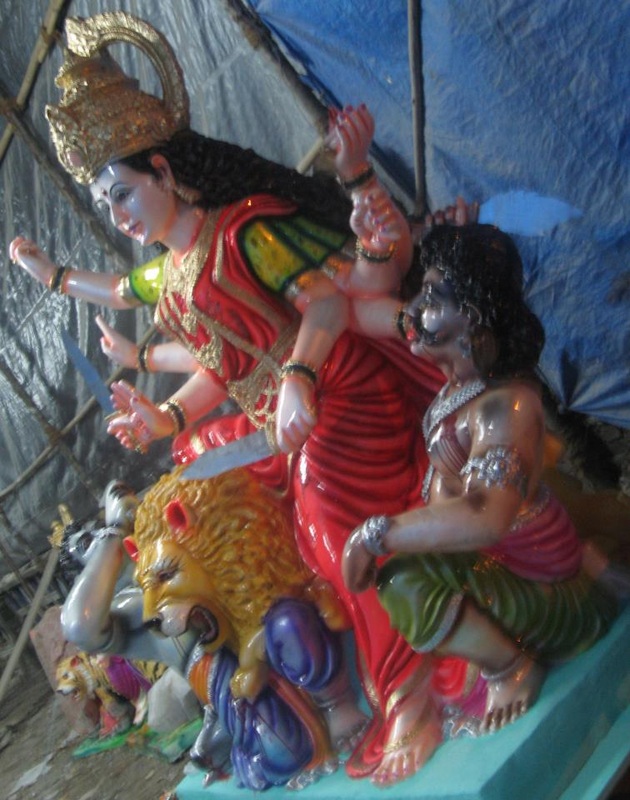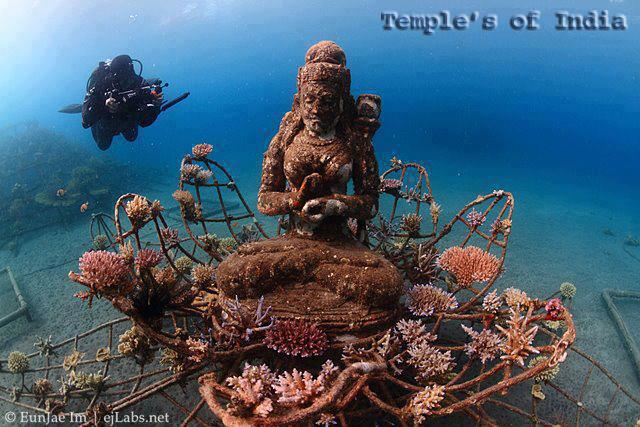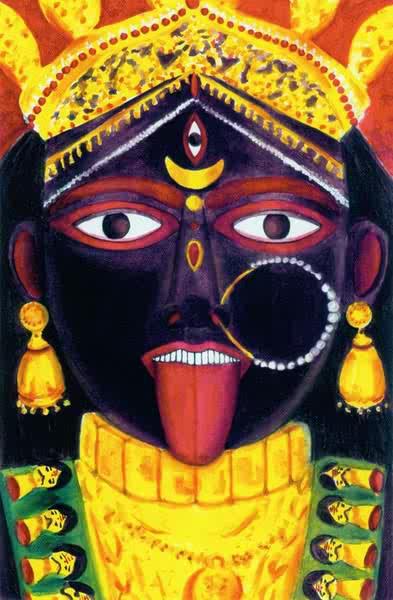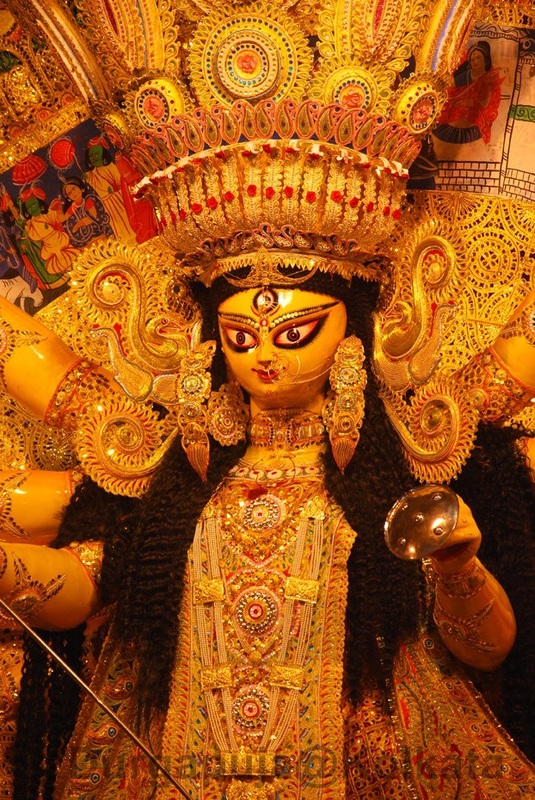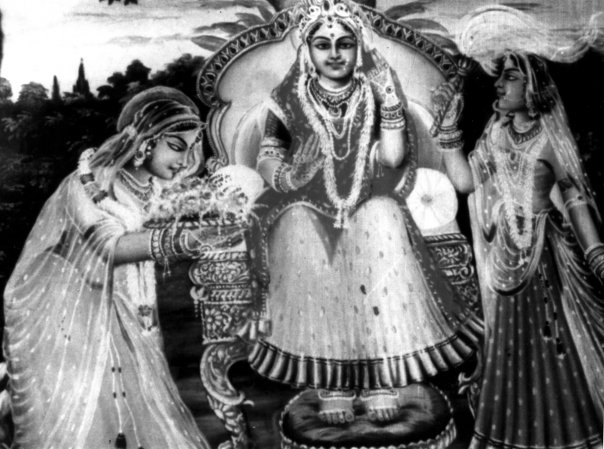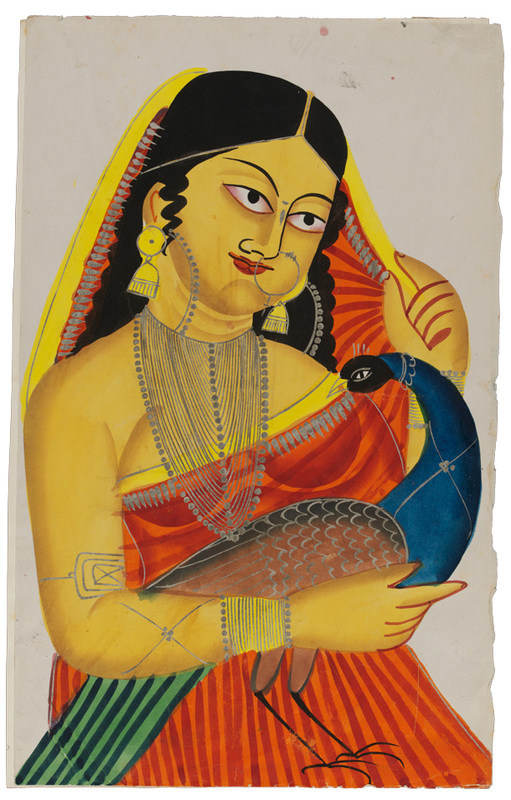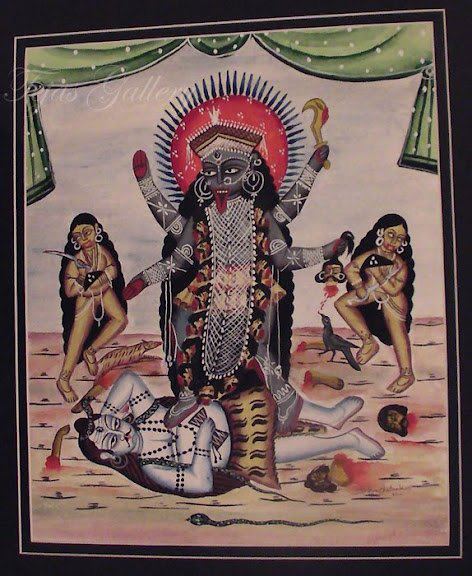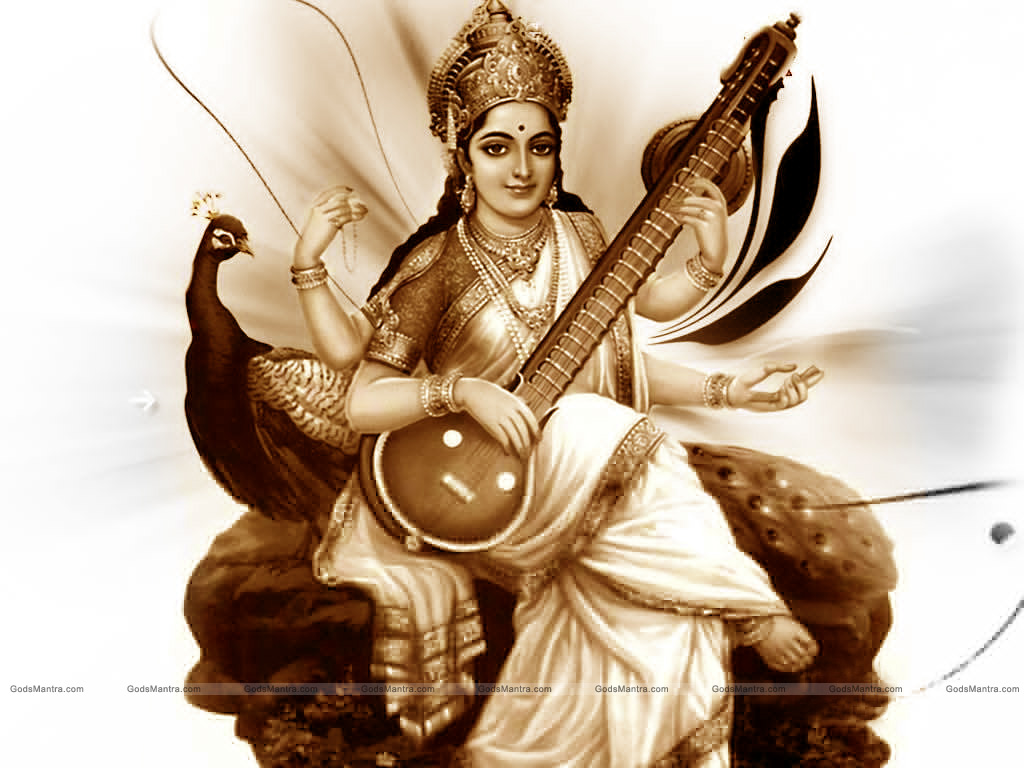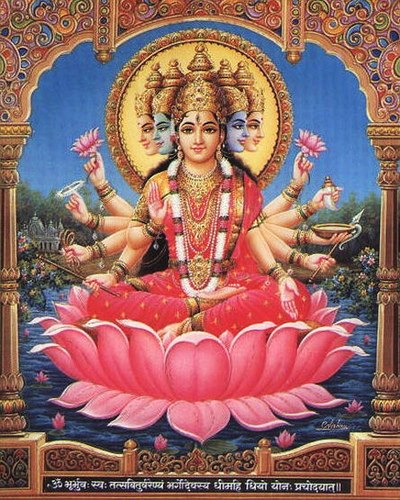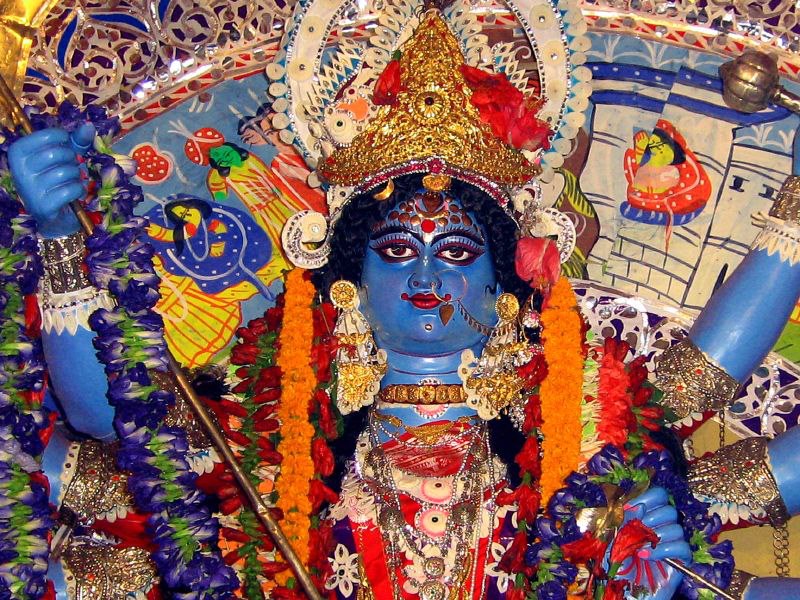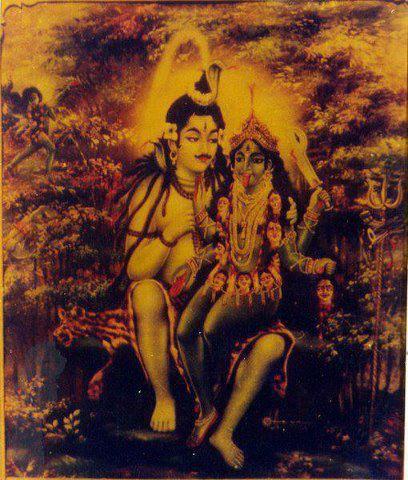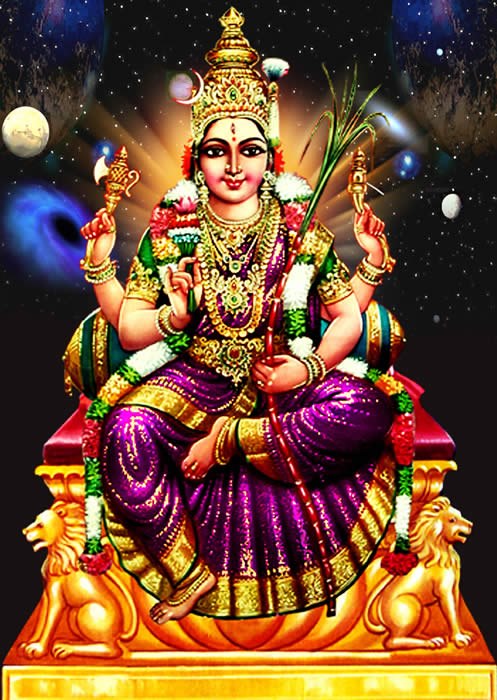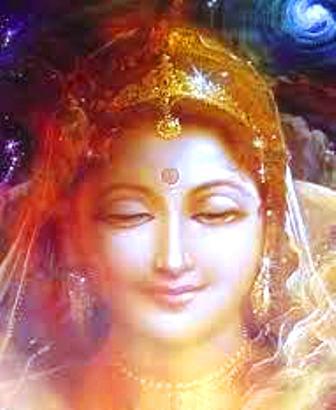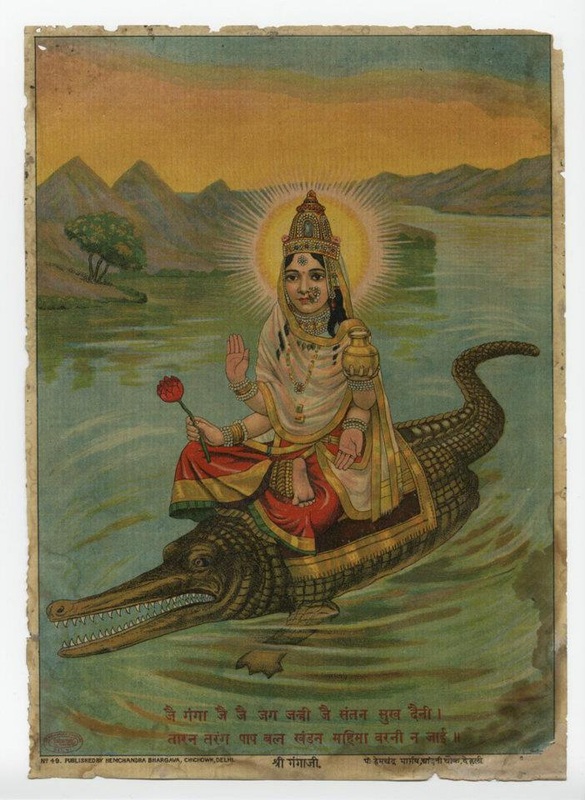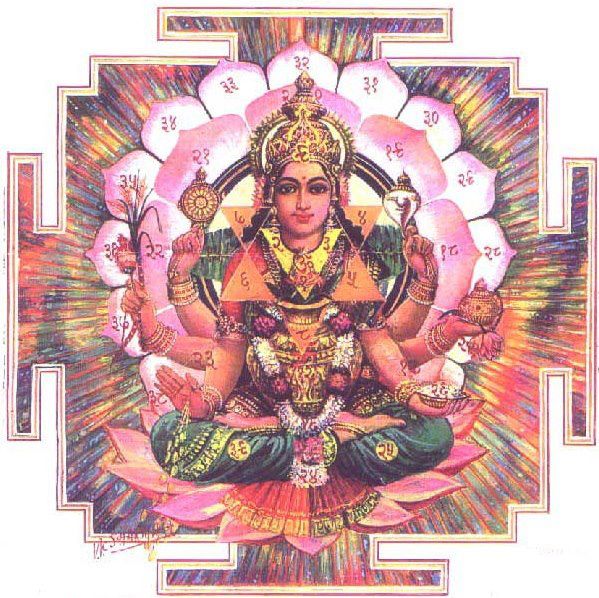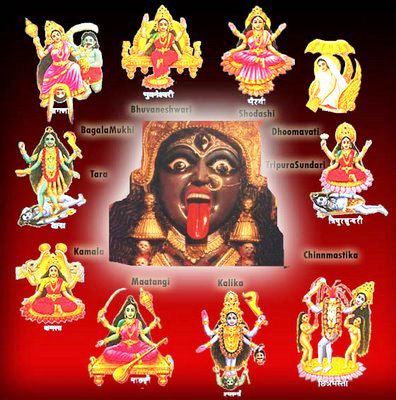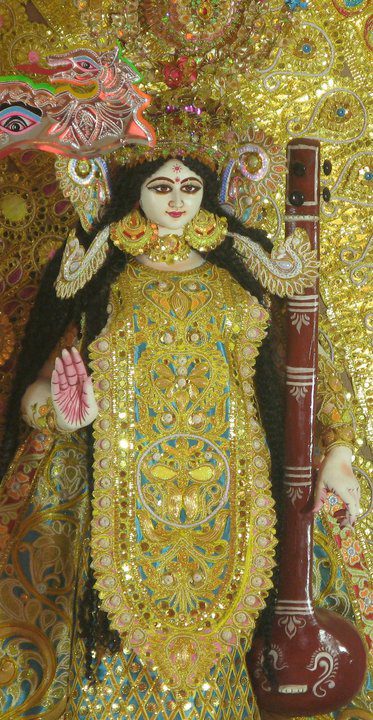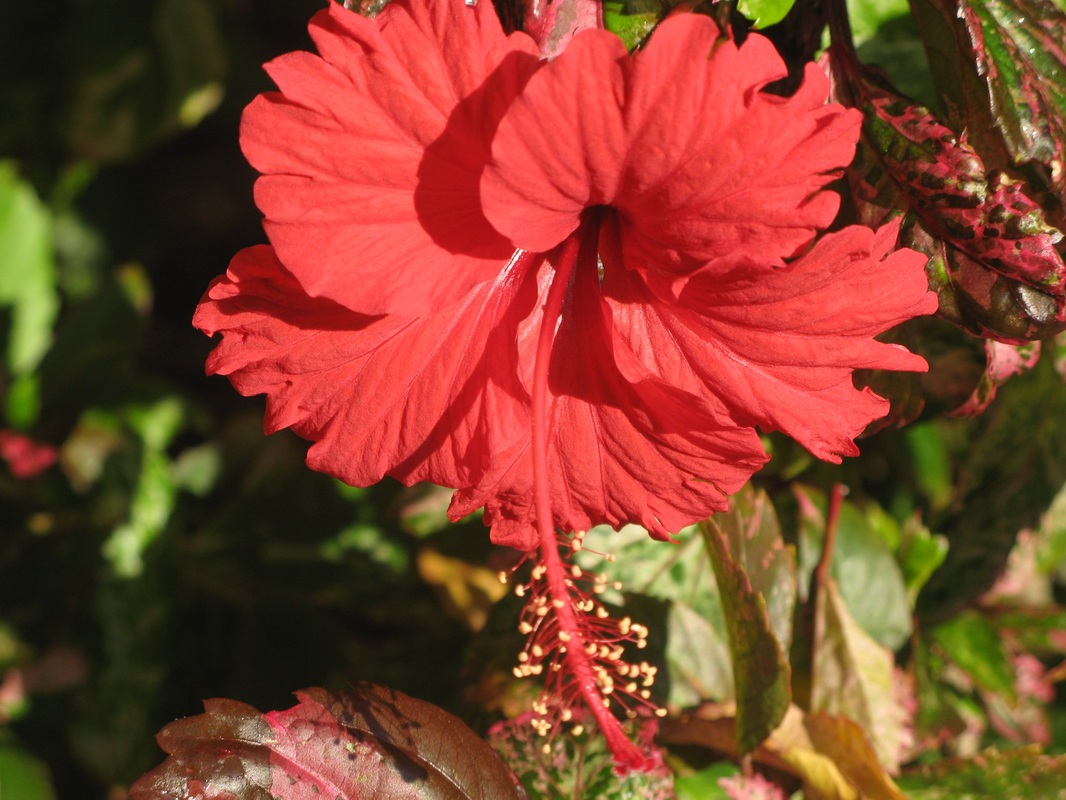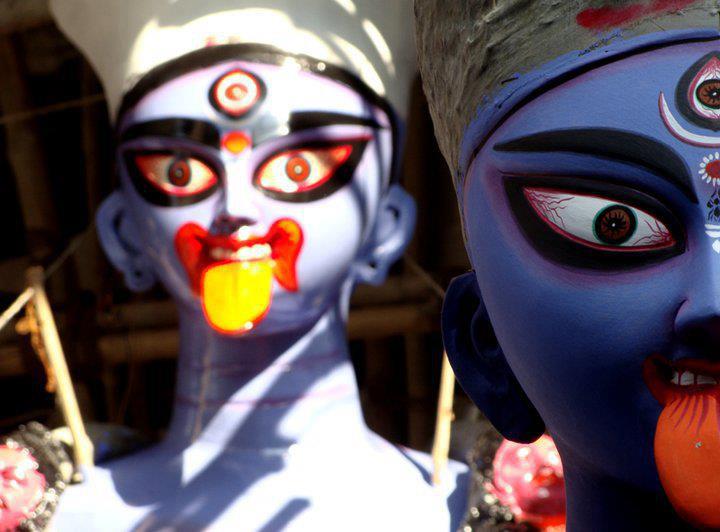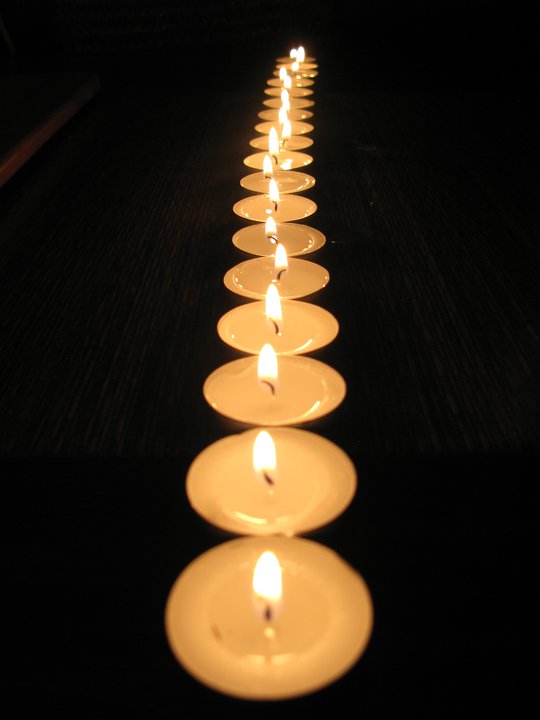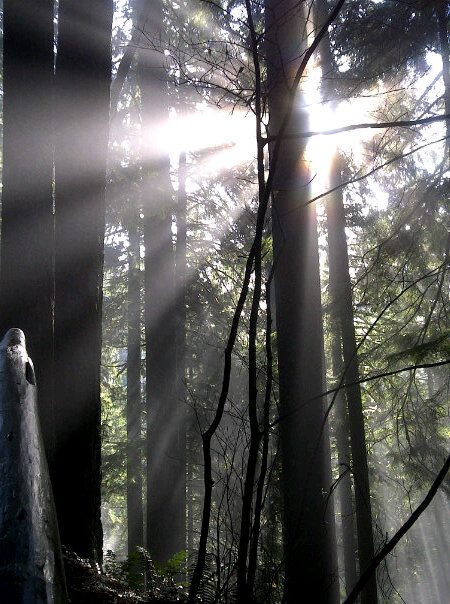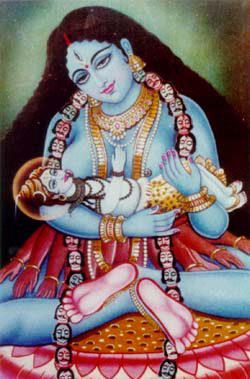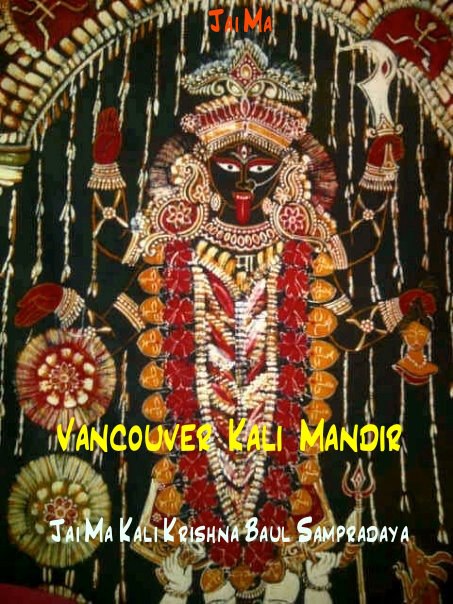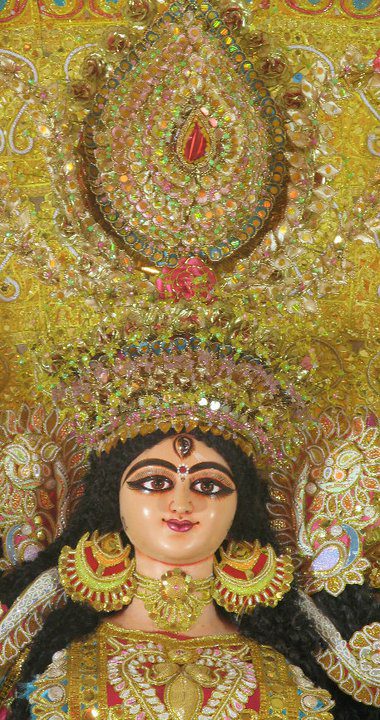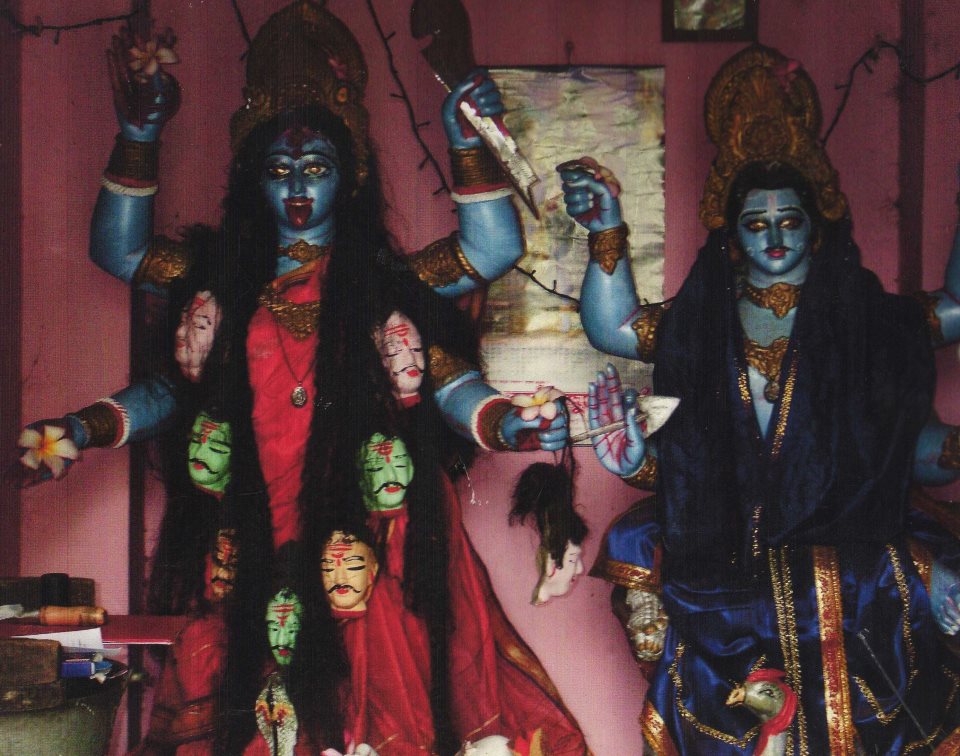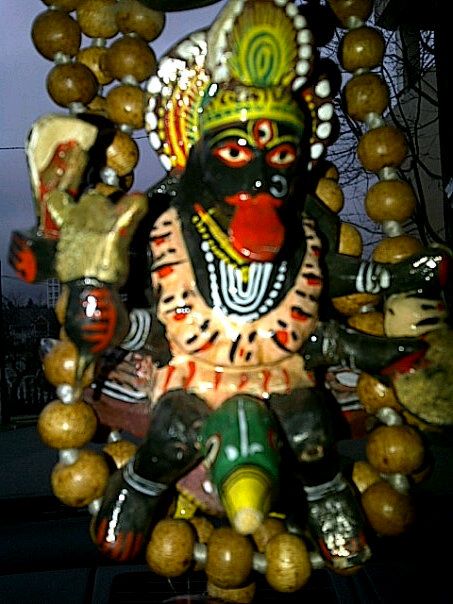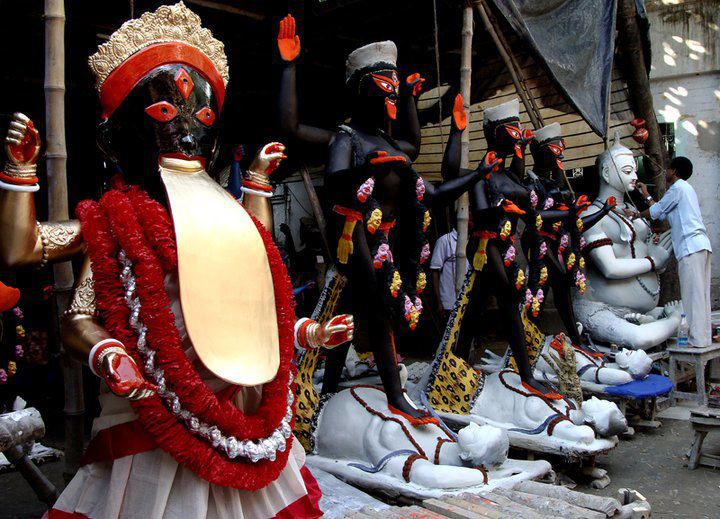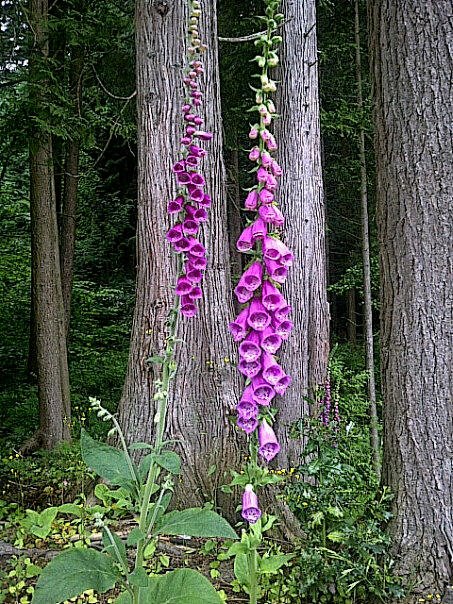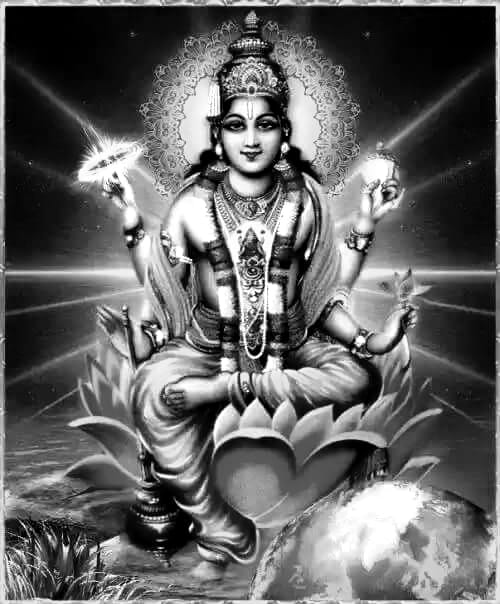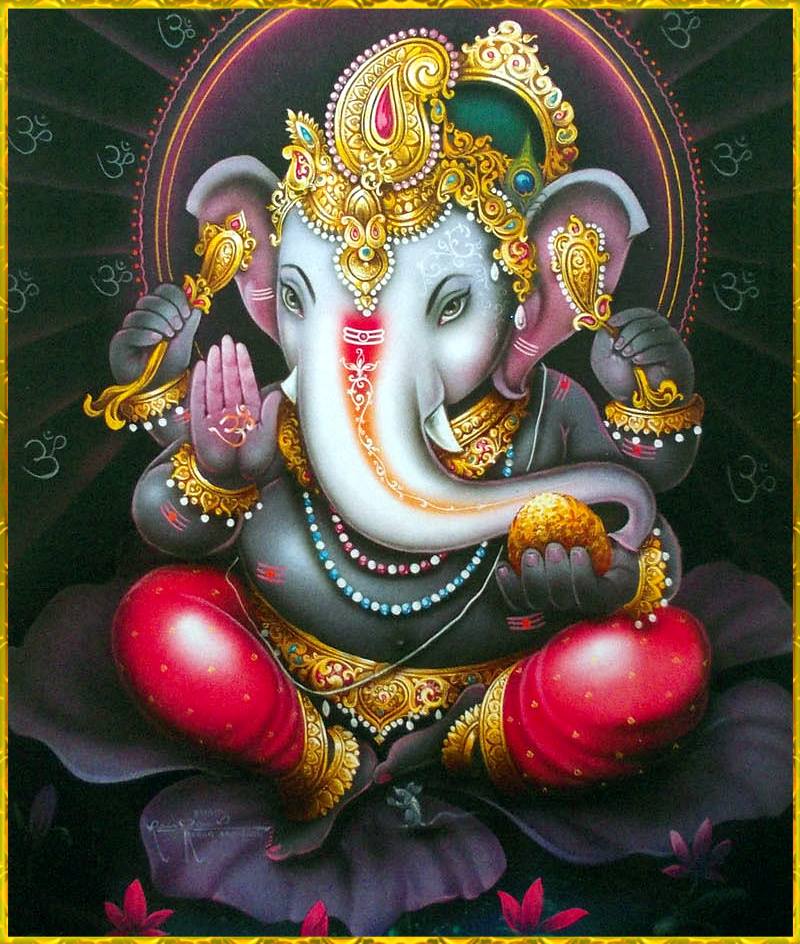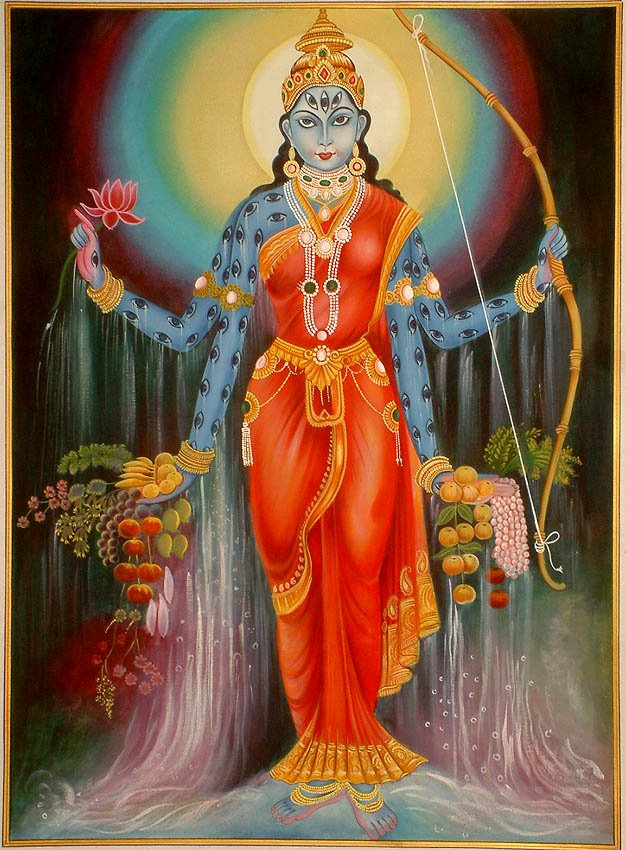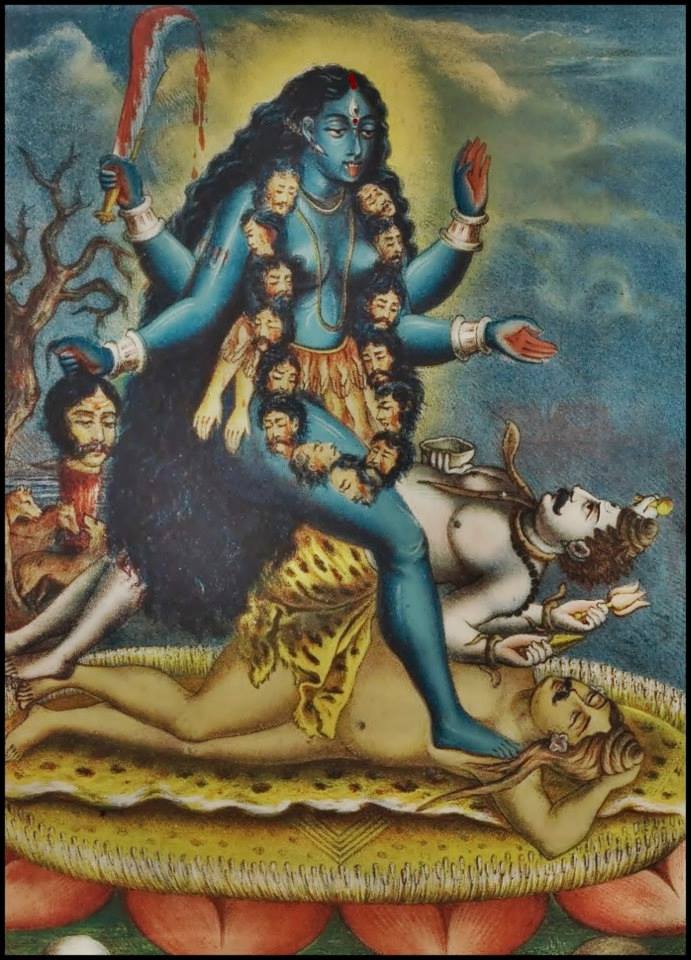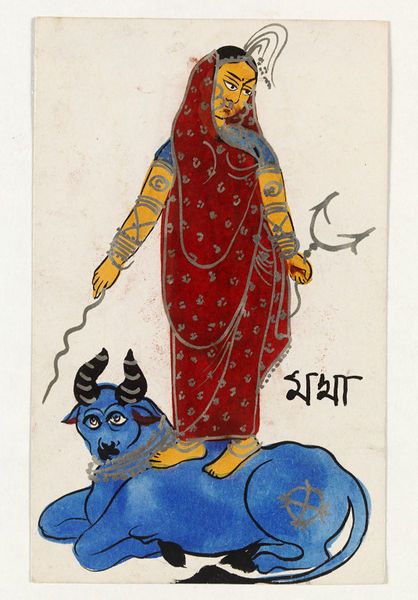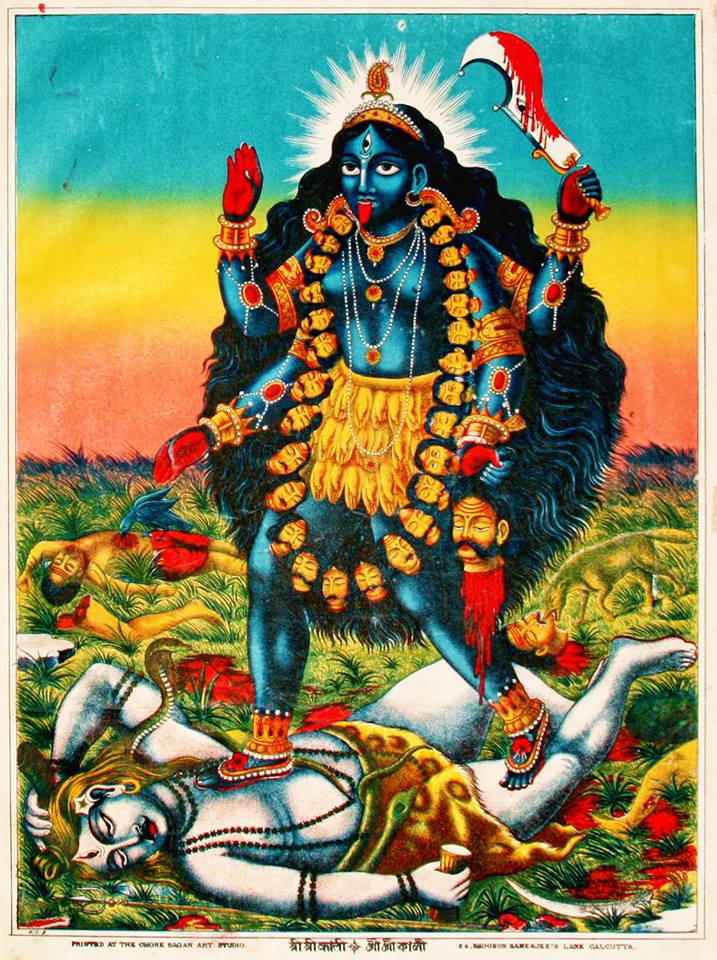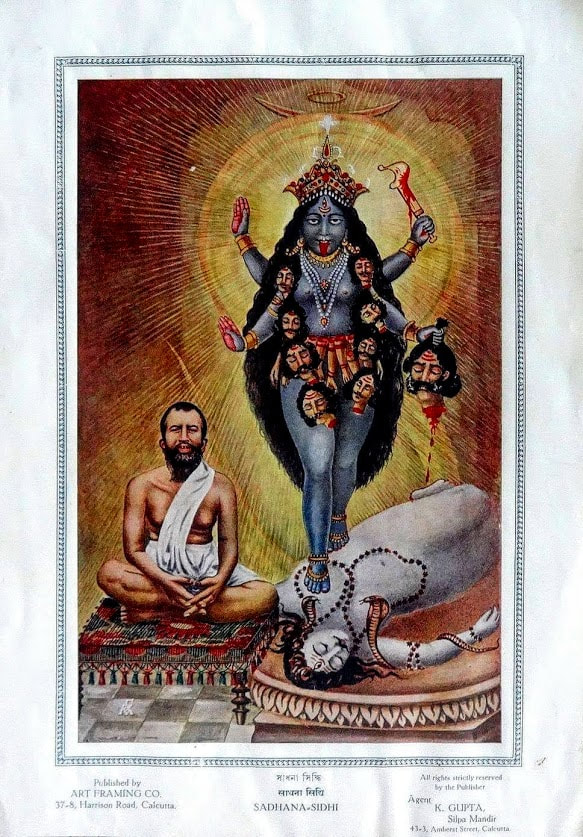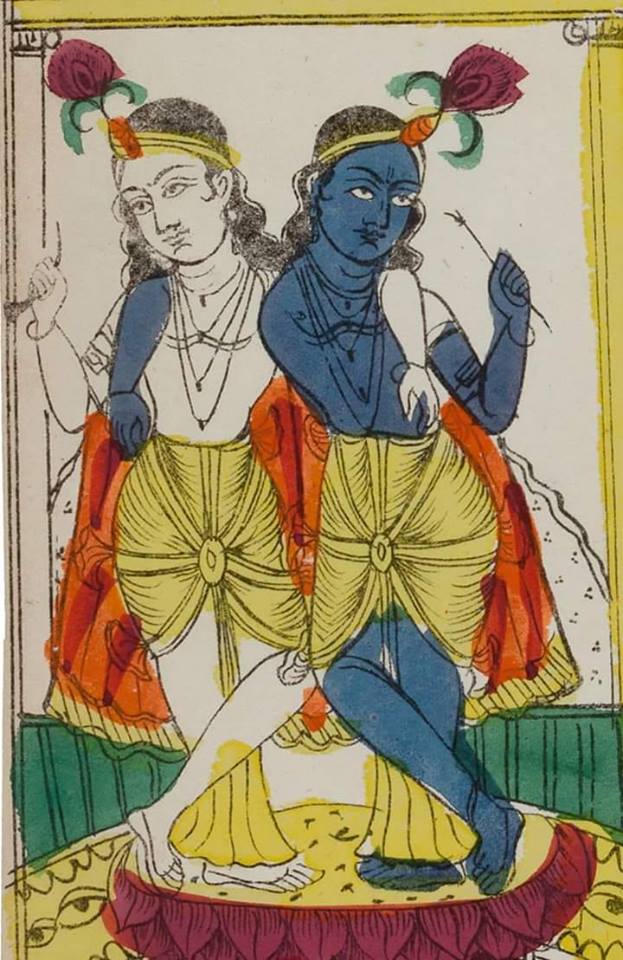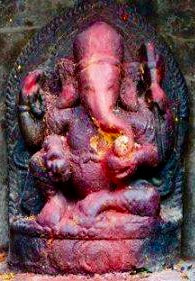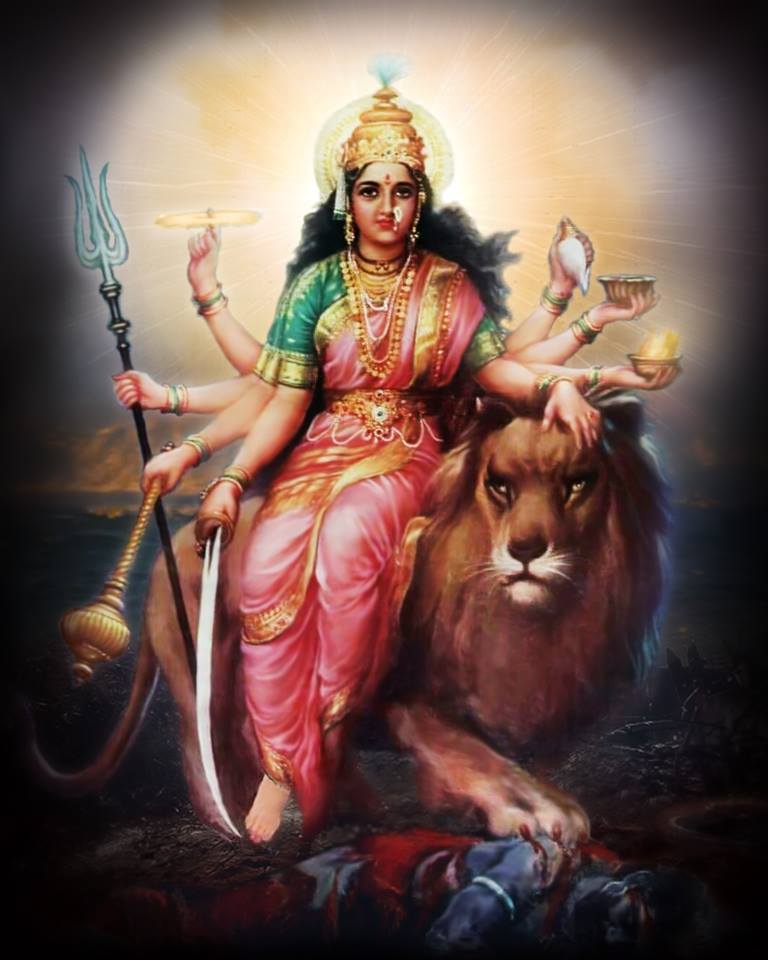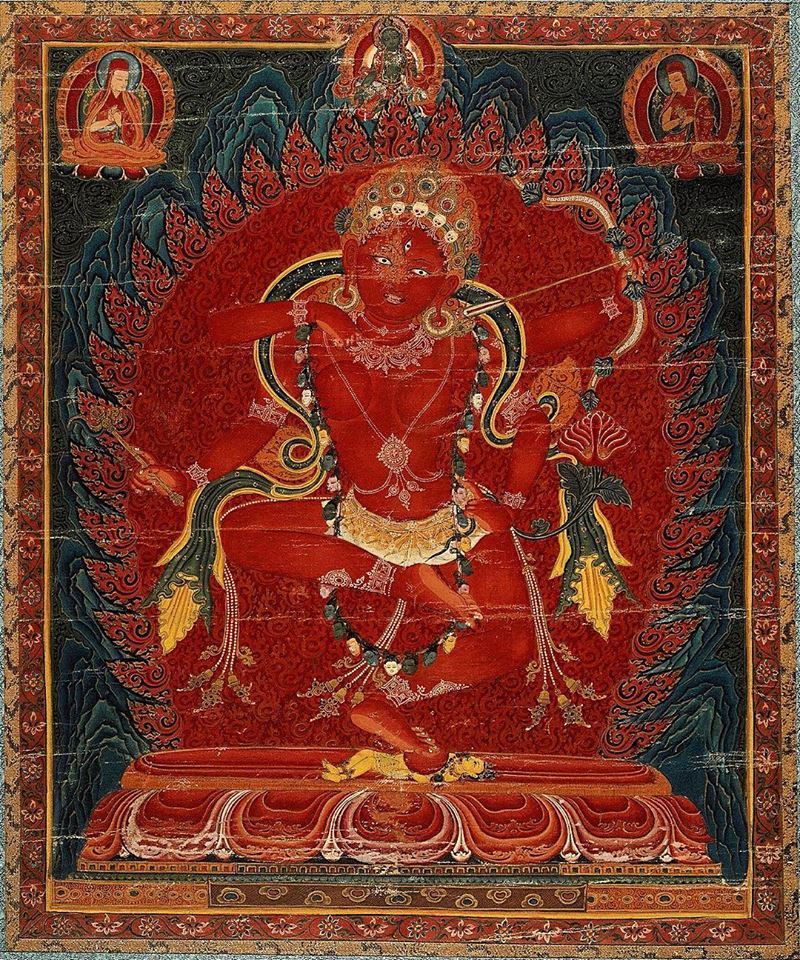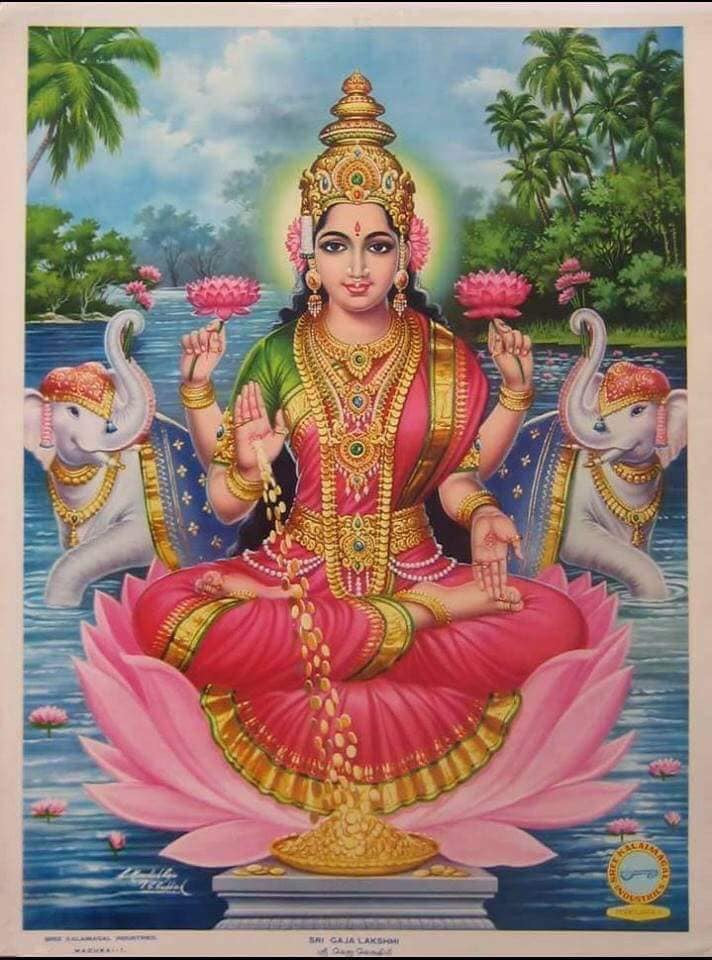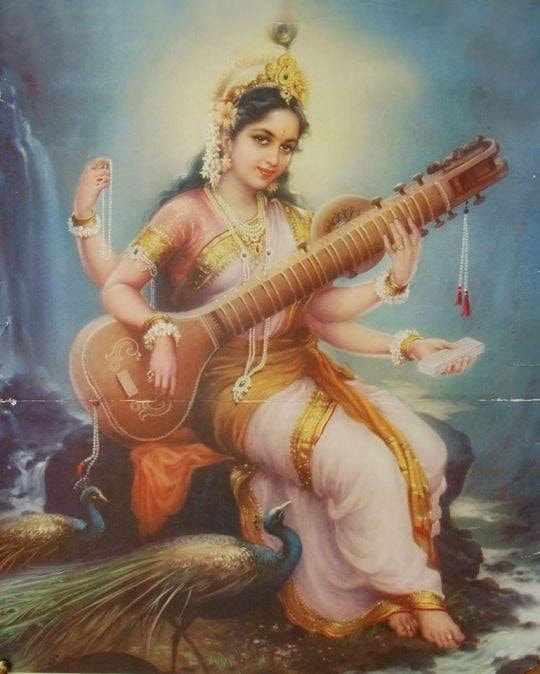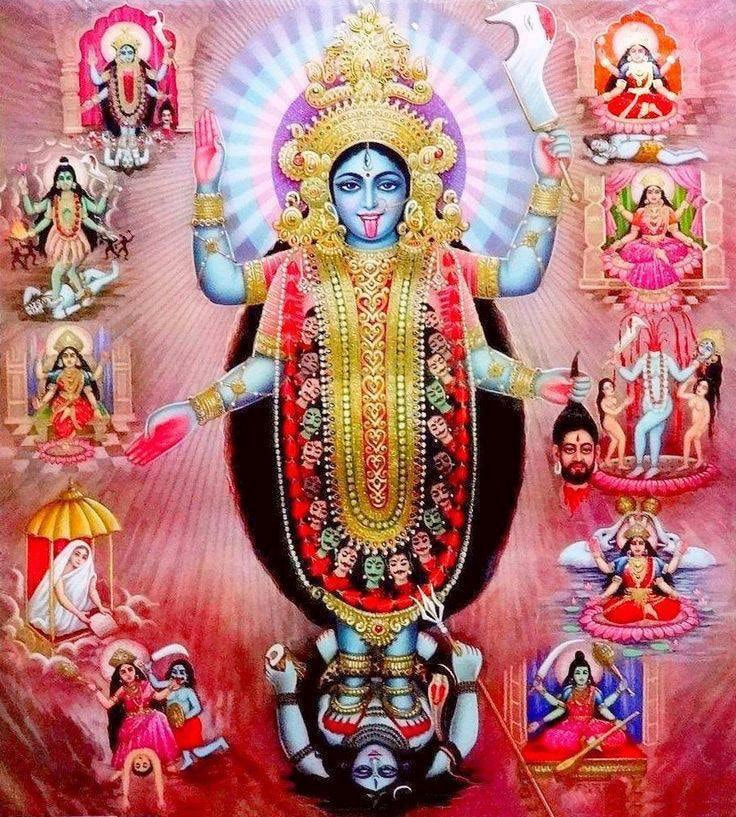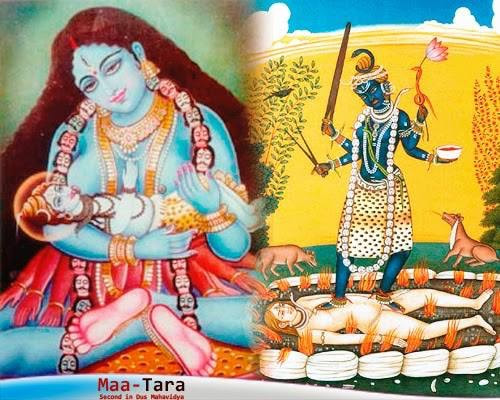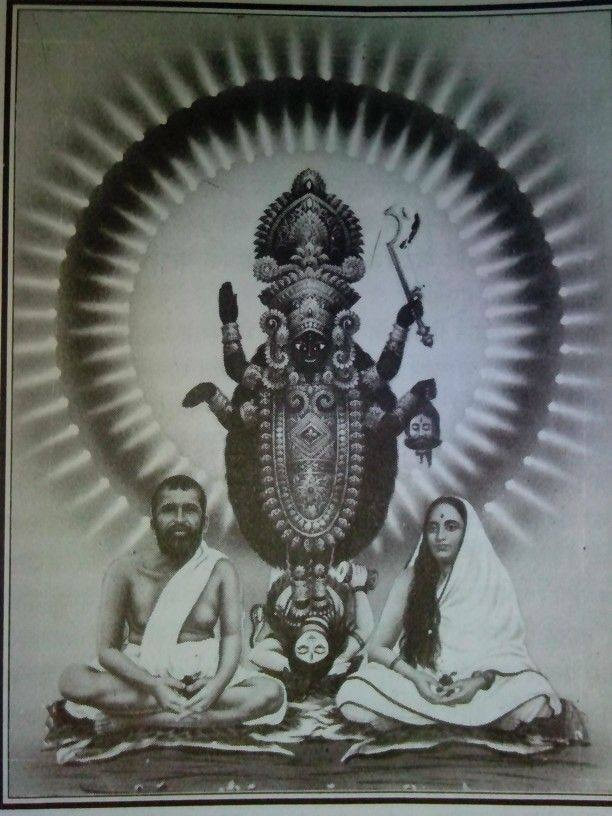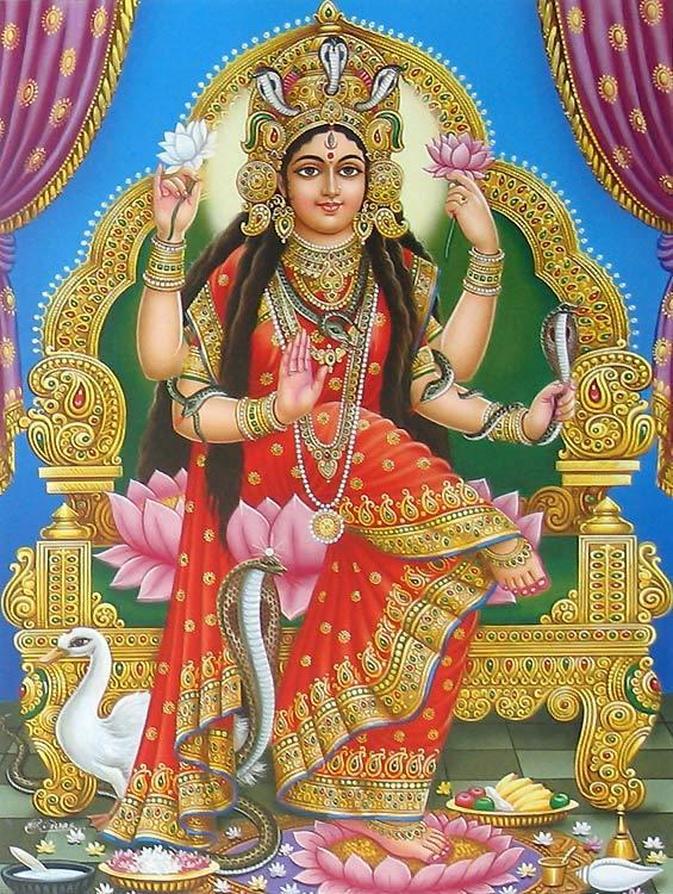
GODDESS MANASA:
Mother Goddess Shakti manifests in many forms to protect her children. As Queen of Snakes, Manasa, She is the destroyer of poisons and protectress of men from reptiles. She is also known as Padvamati connected to the lotus leaf Goddess Lakshmi. As ‘Nagini’ she annihilates poison. Vasahari Vidya, the science of poison removal is attributed to Goddess Manasa in the name of Vasahari. She the sister of Vasuki, the King of Snakes or Nagas. As snakes shed their skin to be reborn, Manasa symbolises destruction and regeneration.
Manasa is rendered as a minor deity in the Hindu pantheon. She thus shares such status with Sithala and Sasti. It is also said that the Sage Kashapa created Manasa from his mind – Mana, so she could control reptiles that were havocking the earth. Thus Brahma needed someone as presiding deity over the snakes. Correspondingly Lord Krishna is said to have granted her divine status. Manasa is worshiped in Northeastern India, especially in Bengal where is known as Manasha.
MYTHOLOGY:
Legends as to Manasa’s origins have an erotic setting. Lord Siva slips off from his wife Durga to meditate by the banks of Kalidaha pool. There he is stimulated by Durga’s thoughts and spills his semen which runs down a stalk of a lotus leaf. This drops to the underworld and Manasa is born. Vasuki grants her the Queen of Nagas status, Nagesvari. Some temple sculptures depict nagas to be people claiming descent from the Sun. Later Manasa returns to her father’s abode urging that she brought home to Mount Kailasa.
Siva agrees reluctantly but hides her in a flower basket to escape Durga’s wrath. Now, Durga finds her hiding in the basket and mistakes her as a temptress. Thus she scoops out one of Manasa’s eyes. Hence she is sometimes shown as the ‘one eyed goddess’. The left eye is known as ‘bisadrsti’ or evil eye with which Manakasa can kill with a single glance. Her right eye, ‘amrtanayan’ is the nectar eye. Manasa is also equated with Kadru, the mother of serpents, who is also one-eyes. Manasa is also glorified by myths for saving Neelakanda, Shiva when he drank poison. Thus her popularity and worship grew with Shaivism absorbing indigenous Goddesses.
DEPICTION:
Manasa is depicted to be foul tempered but loving towards her devotees. But she is shown as a beautiful and voluptuous goddess with yellow tinted skin. Much like her father, Lord Shiva, her body is decorated only with snakes. The sji plant from the cactus family with ability to cure poisons is found around her temple or offered during puja.
Manasa has different iconographies. She is depicted as a graceful goddess with four arms sitting on a lotus often under a hooded canopy of seven cobras. Her Upper arms hold a snake and a pot and the lower, a rosary and a manuscript. Some depict her hands in the granting a wish posture – varada mudra. Her vahana is the swan. Snakes adorn her body. In her standing position, she stands upon a Naga.
SNAKE WORSHIP:
Snake worship is a cult in many cultures. There is evidence of the origins of snake worship during the Indus valley Harappan culture. It is also a Siva seal that ties up a father-daughter relationship. As such it is not so much the fear of snakes but the symbolisms behind it that is revered. Generally snakes symbolise ego in Indian literature and gets mentioned in the Vedas, the Mahabaratha and Puranas.
PUJA:
Snakes leave their nesting ground and come out to the open during the monsoon season. This corresponds to July – August when getting bitten by snakes is significantly higher. Generally offerings are made to her without any image of her Deity being made. She is represented as prakriti. Nature represents her in the form of a tree branch, a pan of water – the ‘manasa-bari’ symbolising fertility. Manasar-bari puja is undertaken by women wishing motherhood.
In the rural setting, special murtis are also sculptured and poisonous snakes are displayed on the altar. Clay pots filled with water, garlands, conch shells, iron bangles, red saris, incense and milk, boiled eggs and food offerings are common. Iron bangles represent enslavement or bond to the goddess and red saris are indicative of Shakti. Sji twig wrapped in red cloth is also offered. Devotees pay obeisance to Goddess Manasa by chanting mantras and offering sacrifices. Goats are slaughtered in some places; communal cooking takes place as part of the prayer and to receive her prasada.
Brahmin priests do not evade snake worship altogether. Their form of worship includes pranayam – breathing techniques and mudra – hand movements. Here a priest consults Sanskrit manuscripts for each step of the puja – lifting of a flower, dabbing of vermillion on the image while mantras are chanted in the background.
DHYANA:
Generally Manasa dhyanas give a description of her characteristics and recited in Manasa worship: “I adore the goddess, the mother of snakes, whose face is like the moon, who is graceful in appearance, the bountiful, who rides on a swan, the noble one, who wears a red garment, who gives boons of all kinds, who has a smiling face, who is adorned with gold, gems and various beautiful jewels from snakes, who is accompanied by snakes, who has prominent breasts, who is a yogoni who can taken any form at will.” Hari Om
Goddesses Manasa and Sasti are of Bengal origin. Notwithstanding Ma Manasa is pan-Indian. She has individual names, like Nagamma, Nagapanchami, Nagadevi in places where Indians settled in the colonies. There is also a Bengal based story of Chanda. Hari Om
by Yogi Ananda Saraswathi
GODDESS MANASA: Queen of Snakes .... As snakes shed their skin to be reborn, Manasa symbolises destruction and regeneration ....
Goddess Durga finds her hiding in the basket and mistakes her as a temptress. Thus she scoops out one of Manasa’s eyes. Hence she is sometimes shown as the ‘one eyed goddess’. The left eye is known as ‘bisadrsti’ or evil eye .....
Manasa is depicted to be foul tempered but loving towards her devotees ........................
“I adore the goddess, the mother of snakes, whose face is like the moon, who is graceful in appearance, the bountiful, who rides on a swan, the noble one, who wears a red garment, who gives boons of all kinds, who has a smiling face, who is adorned with gold, gems and various beautiful jewels from snakes, who is accompanied by snakes, who has prominent breasts, who is a yogoni who can taken any form at will.” ari
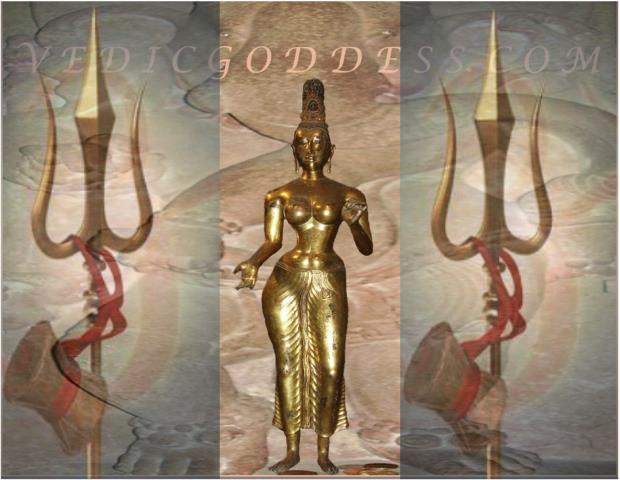
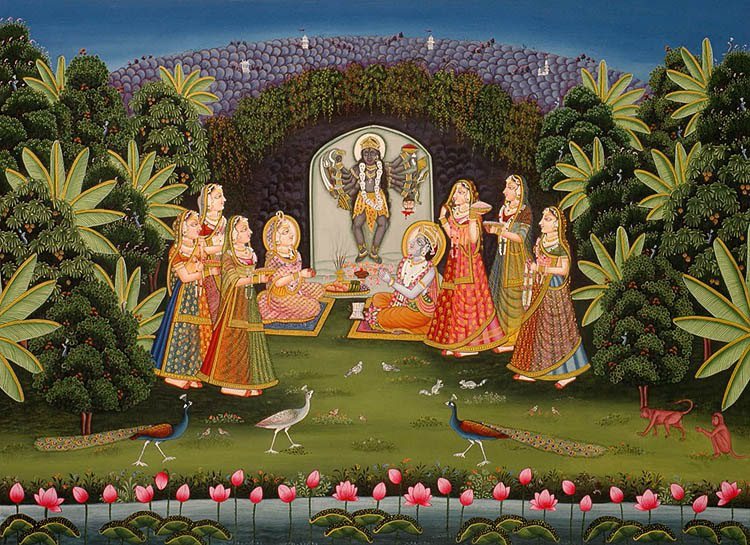

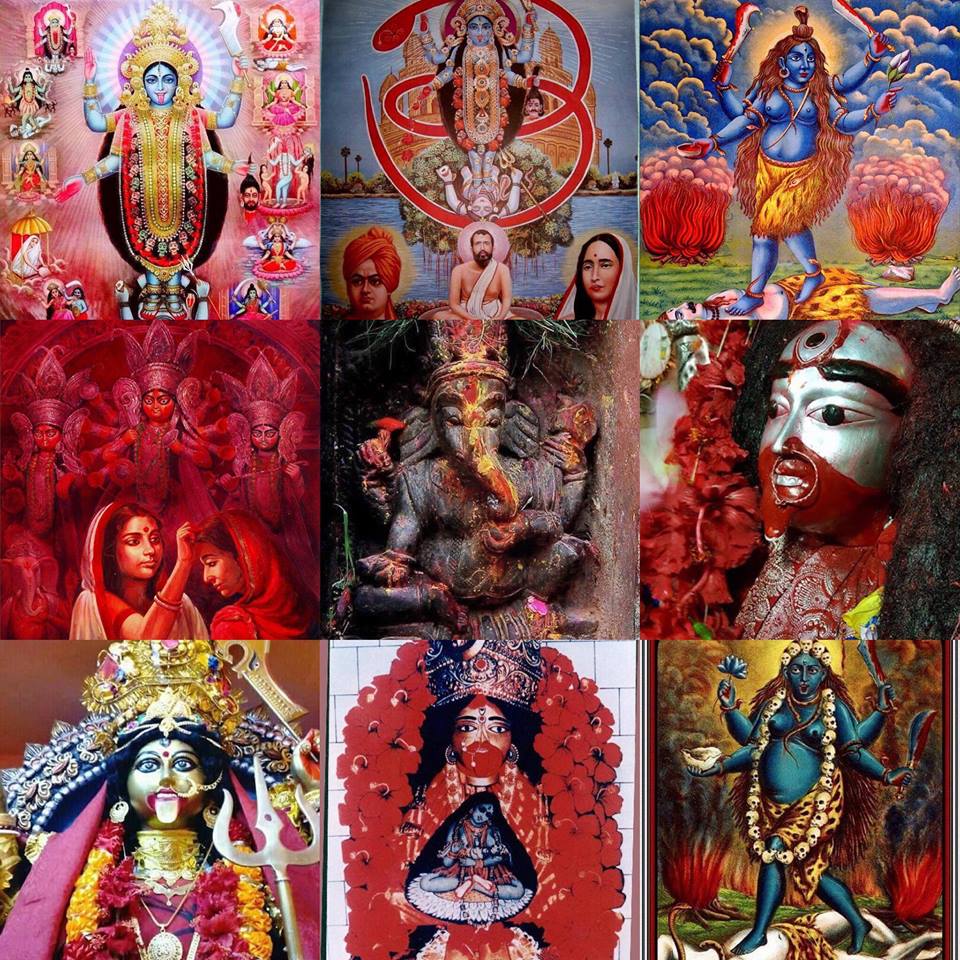
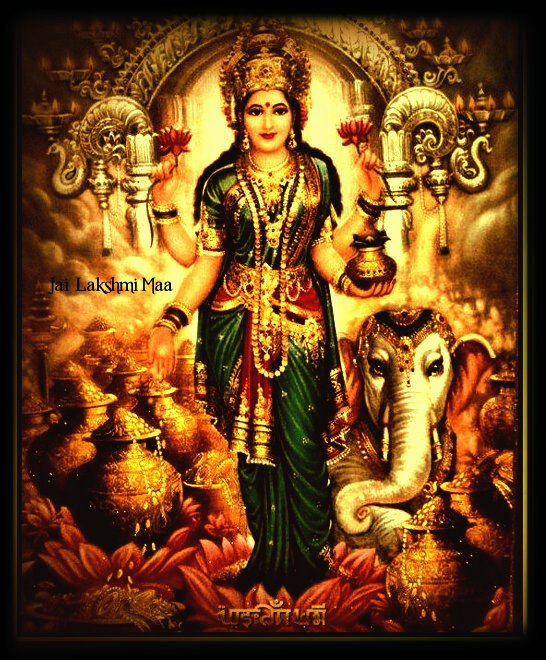
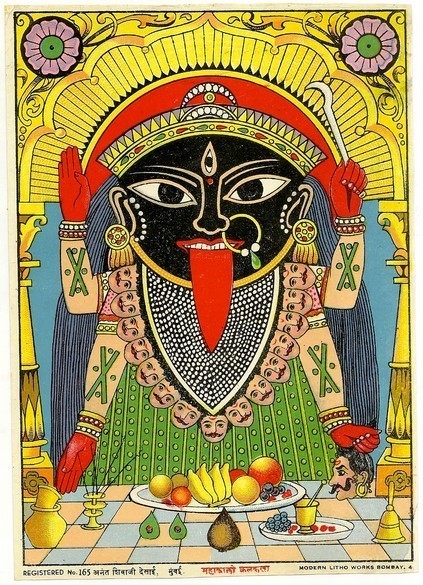
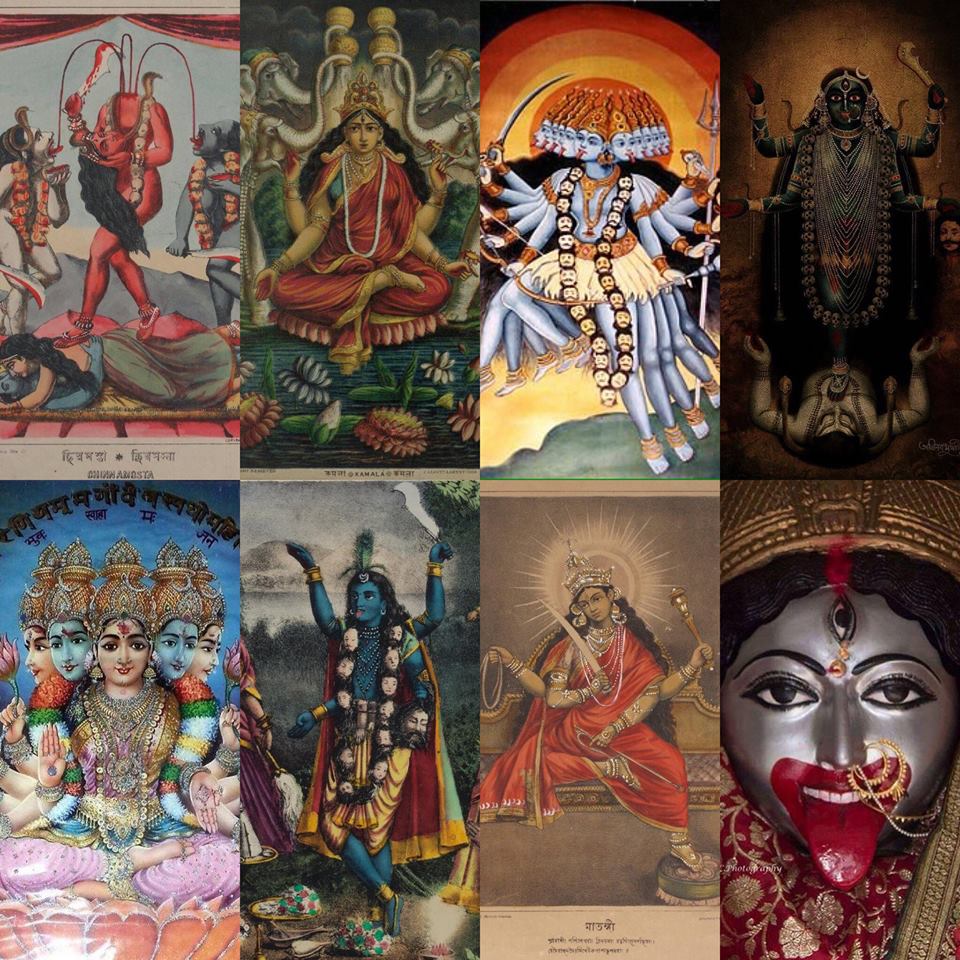
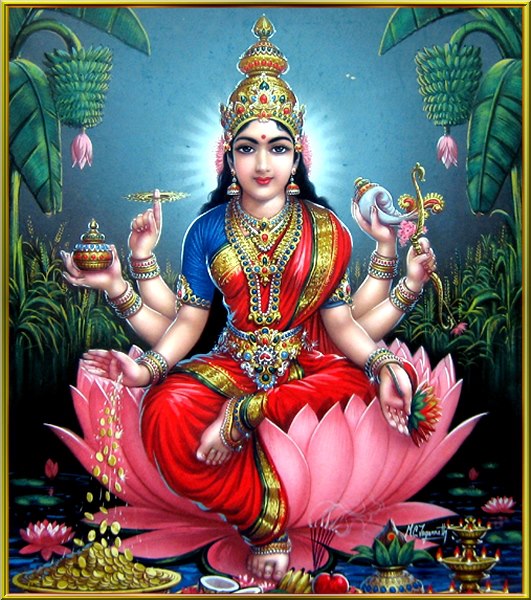
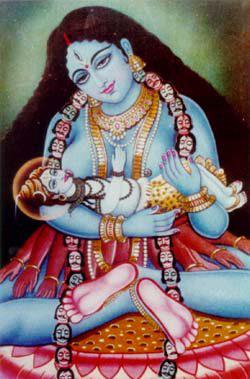
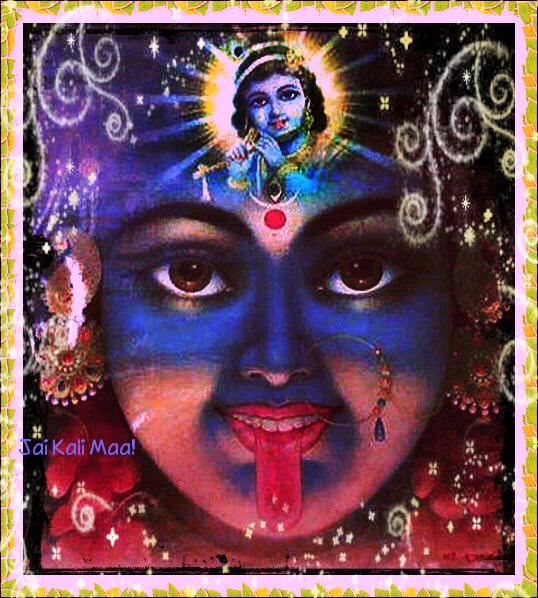
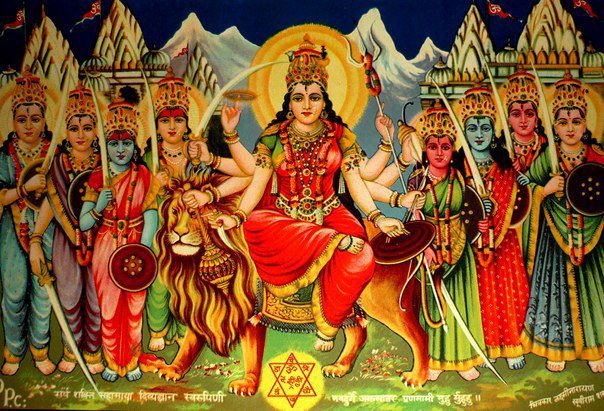
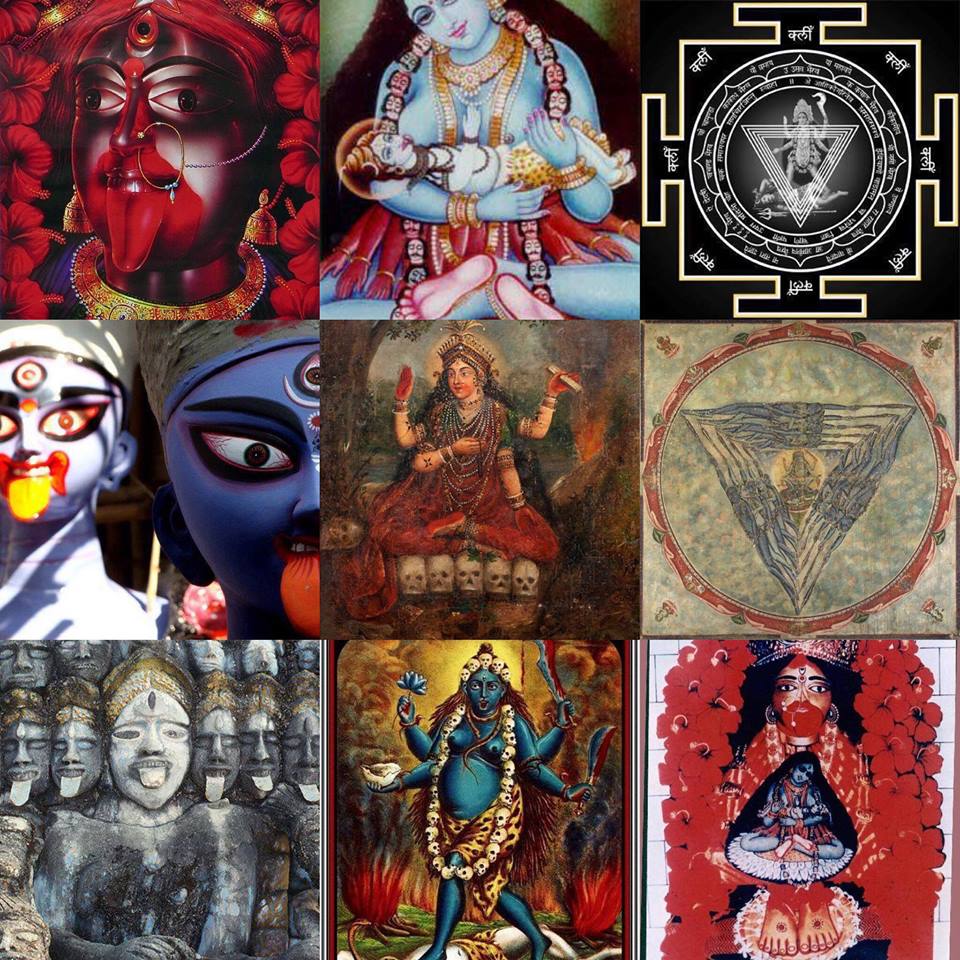
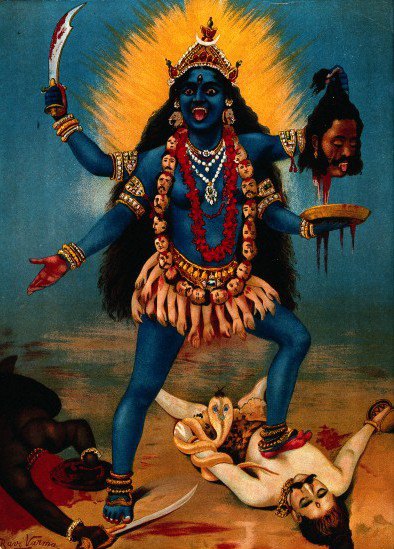
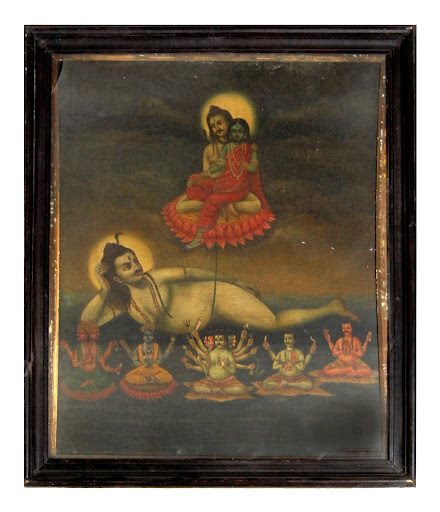
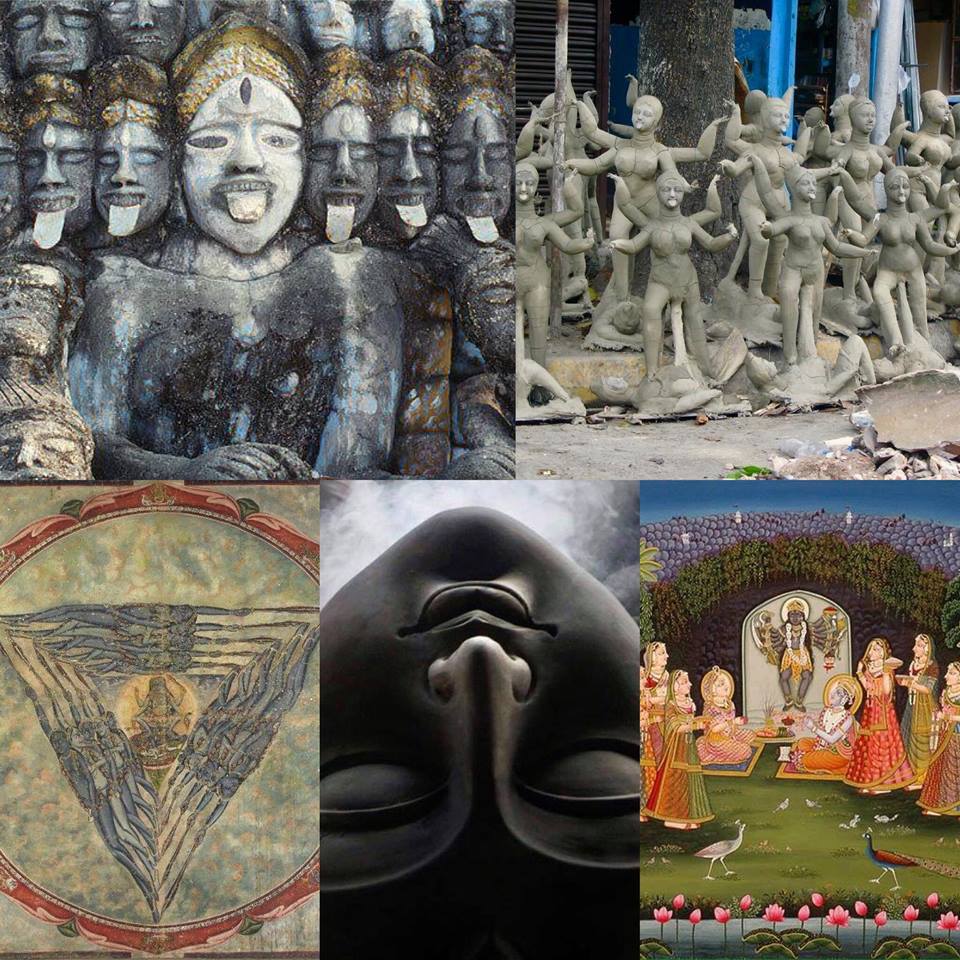
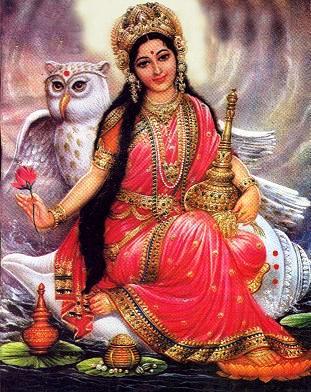
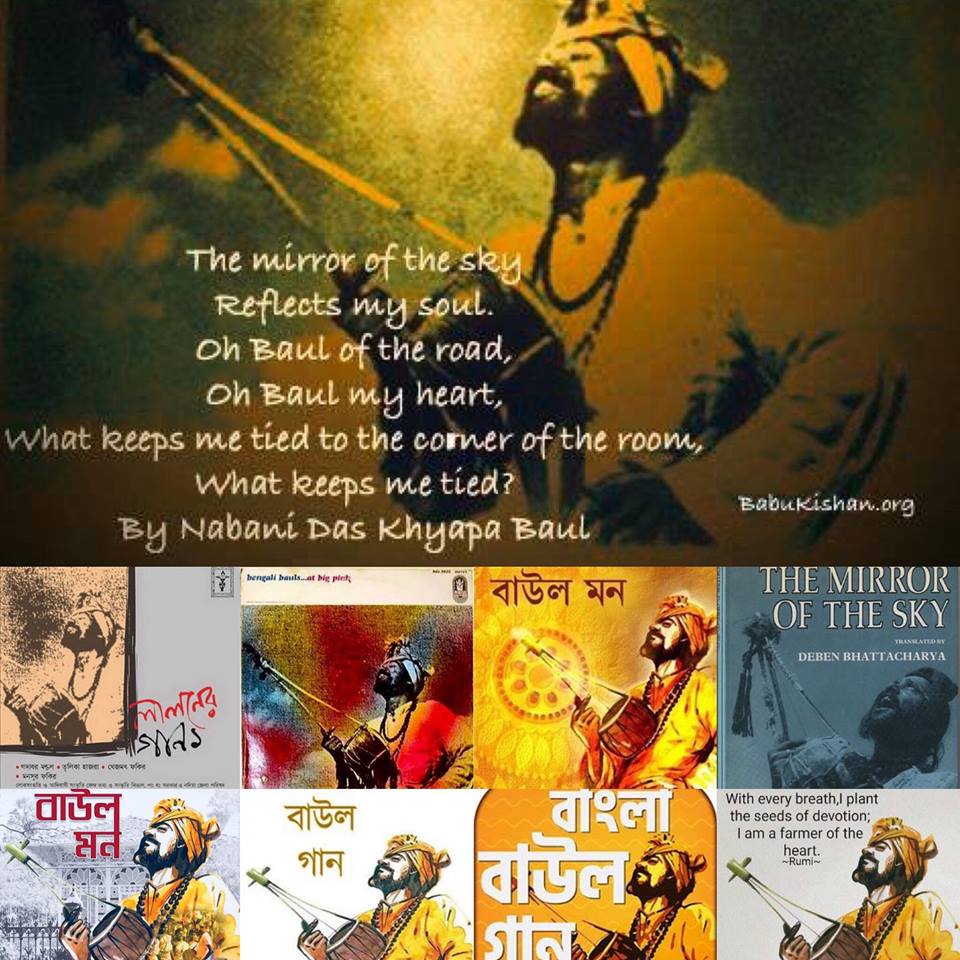
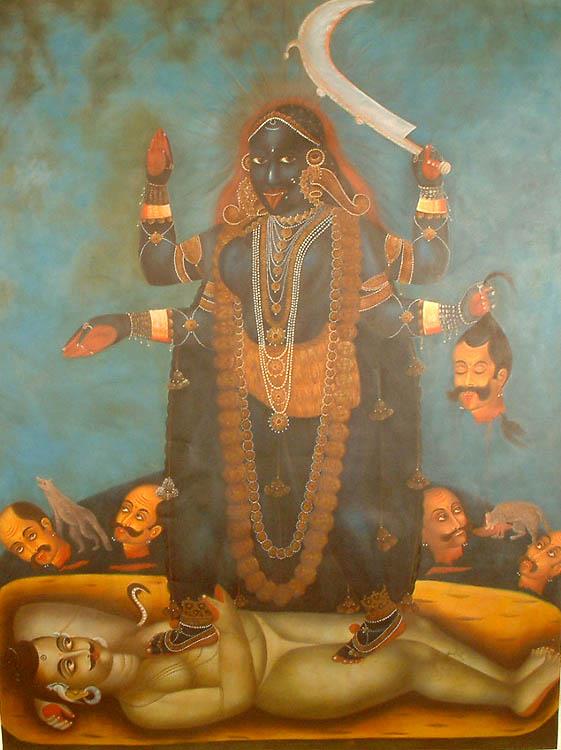
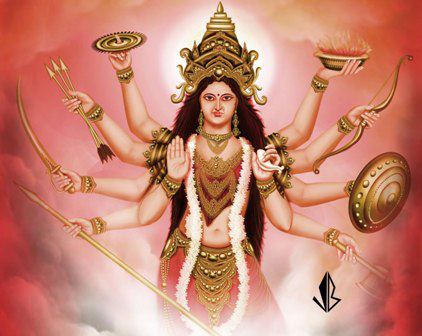
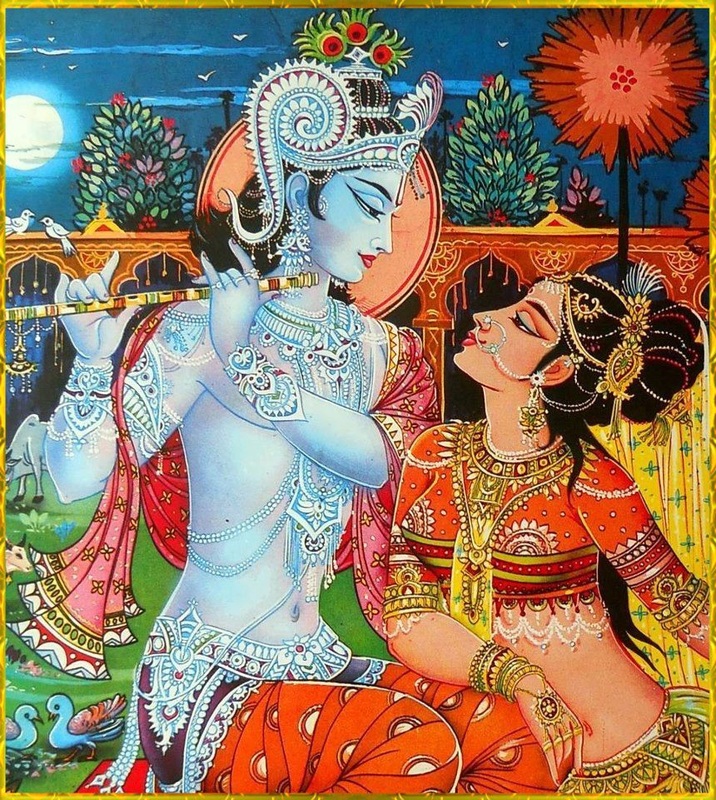
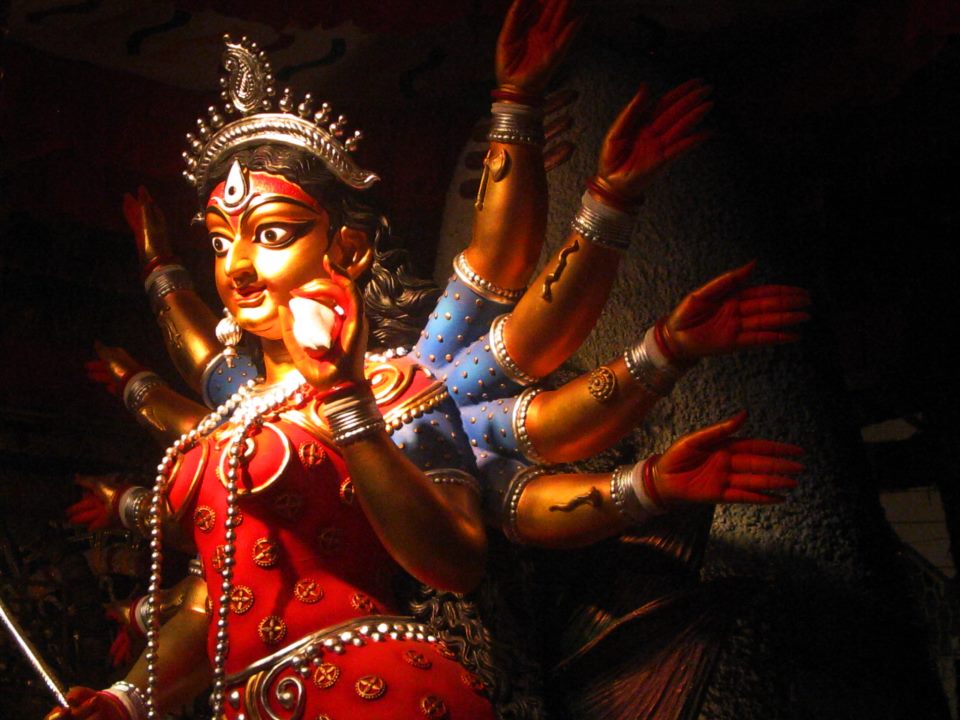
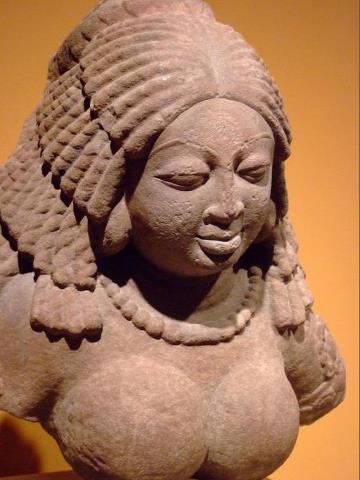
 RSS Feed
RSS Feed
